
The highly expandable “ROG STRIX Z790-E GAMING WIFI” from ROG’s mainstream STRIX Z790 motherboard series has finally arrived! Boasting unprecedented expandability with five M.2 slots, PCIe Gen5 x4, PCIe 5.0×16 slots, and an 18+1 phase 90A power supply, this model far exceeds the capabilities of its counterparts. The exceptional specifications set it far ahead of other ROG STRIX Z790 models. Yet, how does it measure up against its predecessor, the Z690-E? What upgrades and improvements does it offer? Let’s explore these questions and more, one by one!
ROG STRIX Z790-E GAMING WIFI Motherboard Specifications:
Size: ATX 30.5 x 24.4cm
Processor Support: Intel 12th/13th Core i9/ i7/ i5/ i3, Pentium, Celeron
Processor Pin: LGA1700
CPU Power Supply: 18+ 1 Phase 90A
Chipset: Intel Z790
Memory: 4x DDR5 DIMM 7800+(OC) MT/s, Maximum Capacity 128GB
Memory Certification: Intel XMP (Extreme Memory Profile)
Display Output: HDMI 2.1, DisplayPort 1.4
Expansion Slot: 1x PCIe 5.0 x16, 2x PCIe 4.0 x16 (support x4 mode)
Storage slots: 4x SATA 6Gb/s, M2_1 22110/2280/2260/2242 PCIe Gen5 x4, M2_2 2280/2260/2242 PCIe Gen4 x4, M2_3 2280/2260/2242 PCIe Gen4 x4, M2_4 2280/2260/2 242 PCIe Gen4 x4, M2_5 2280/2260/2242 SATA 6Gb/s & PCIe Gen4 x4
LAN: Intel S2133L39 SRKTV 2.5GbE LAN, ASUS LAN Guard
Wireless: Intel Wi-Fi 6E AX211NGW, Bluetooth 5.3
Audio: ROG SupremeFX 7.1 Realtek ALC4080
USB port ( Front expansion): 1x USB 3.2 Gen 2×2 Type-C (USB PD 3.0 fast charging), 2x USB 3.2 Gen 1 (supports four front USB 3.2 Gen 1 ports), 2x USB 2.0 (supports four front USB 2.0 ports)
USB ports (rear I/O): 1x USB 3.2 Gen 2×2 Type-C, 6x USB 3.2 Gen 2 Type-A, 1x USB 3.2 Gen 2 Type-C, 4x USB 3.2 Gen 1 Type-A
RGB: 3x Addressable Gen 2(ARGB 5v 3-Pin), 1x AURA RGB(RGB 12V 3-Pin) FAN:
1x 4-Pin CPU Fan, 1x 4-Pin CPU OPT Fan, 1x 4-Pin AIO PUMP, 5x 4 -Pin Chassis Fan
ROG STRIX Z790-E GAMING WIFI motherboard out of the box
ROG’s fan-favorite “STRIX” series of motherboards introduces the Z790 chipset, released concurrently with Intel’s 13th generation processor update. This significant revamp offers a fresh line-up of ATX motherboard models, such as Z790-E/A/F/H, along with the Mini ITX-spec Z790-I.
When examining the full range of ATX versions of the ROG STRIX Z790 series motherboards, the key differences between models lie in the M.2 slots, the number of USB ports, and overall specifications, apart from the subtle changes in appearance. Therefore, it’s advisable to refer to the official website to ascertain the distinctions before making a purchase. Among the series, the Z790-E stands out with its five M.2 SSD expansion slots—the highest in the ROG STRIX Z790 series. Notably, apart from the Z790-I, it’s the only model that supports the M.2 PCIe Gen5 x4 SSD slot.
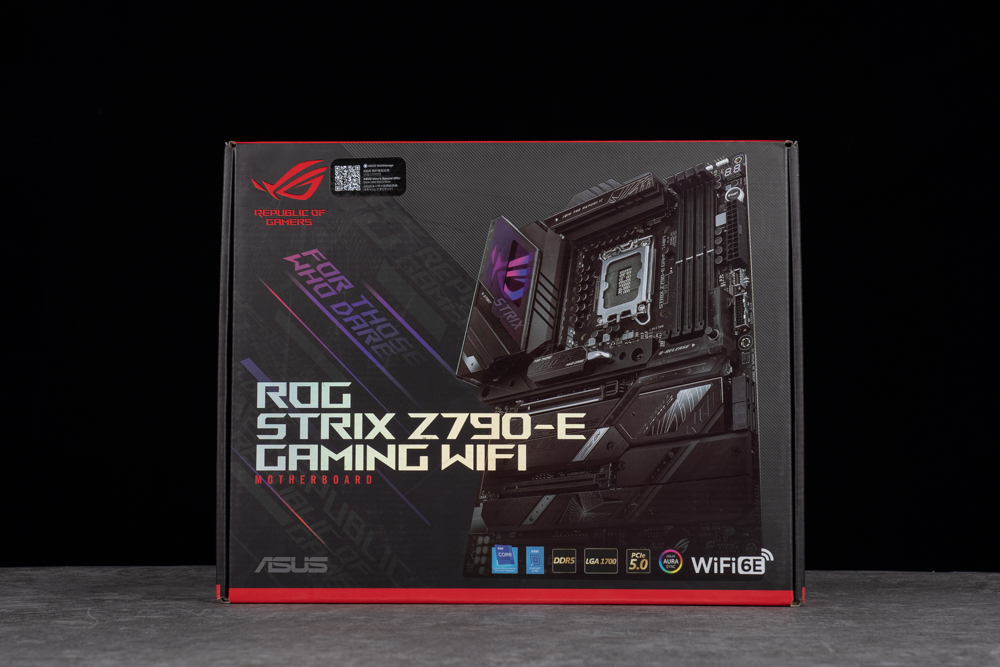
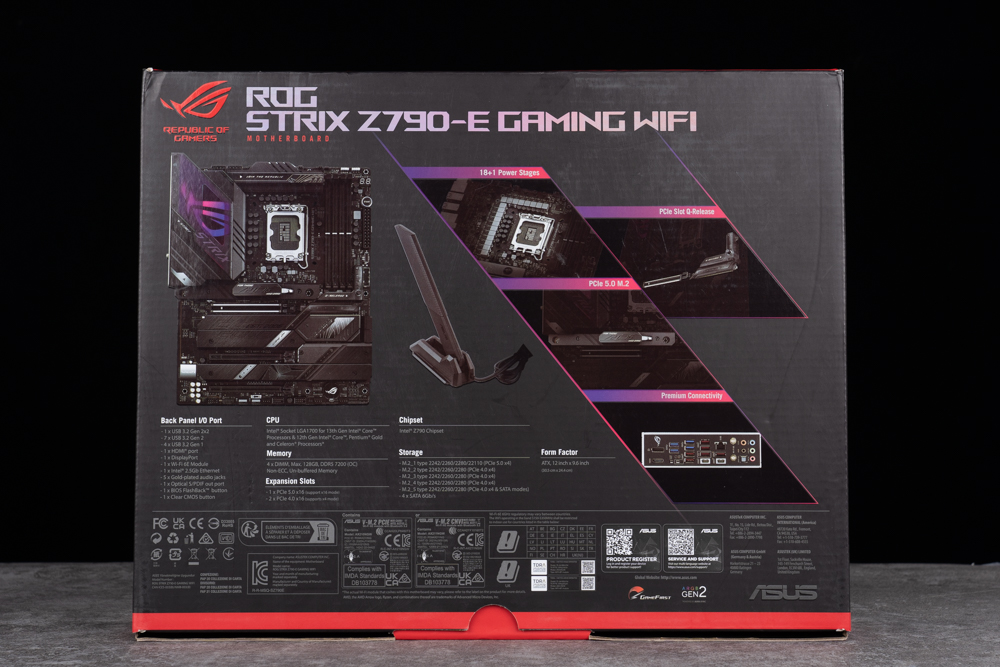
Currently, the ROG STRIX Z790 series of motherboards only come in ATX and Mini ITX specifications. There’s no sight yet of the M-ATX G series, with only E/H/F/A/I models available through Taiwan channels at present.
The ROG STRIX Z790-E is a mainstream ATX spec, measuring 30.5 x 24.4cm. It’s compatible with mainstream mid-tower case installations and can effortlessly cater to the demands of multimedia and multi-device expansion. The details are enhanced with translucent plastic armor, lending a futuristic, tech-forward aesthetic.
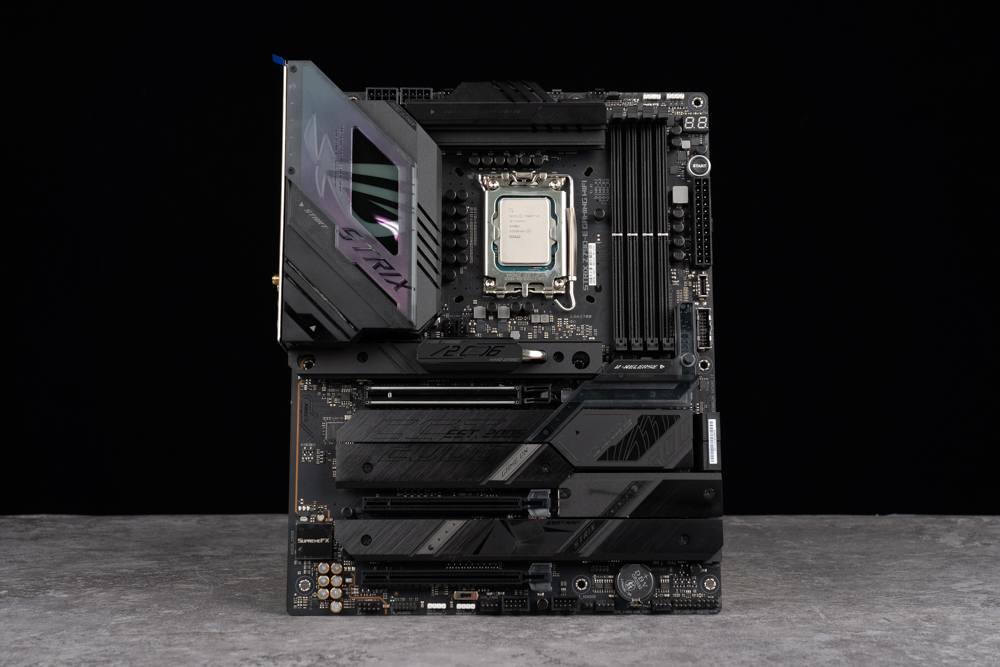
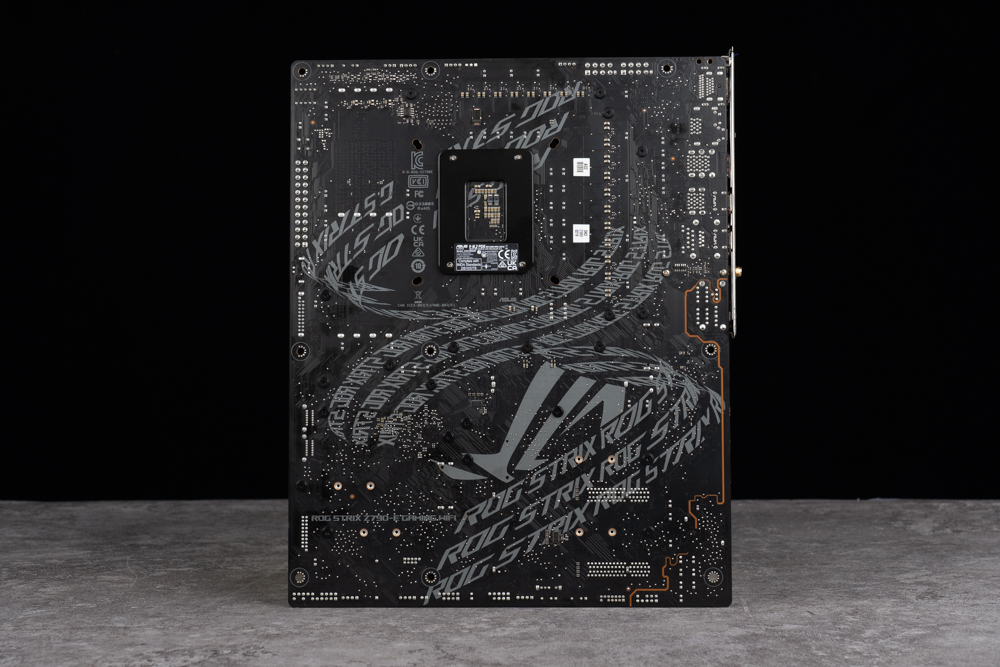
The motherboard’s power supply VRM block is aided by two heatsinks that enhance the heat dissipation process. A heat pipe integrated into the heatsink quickly channels heat from the power supply chip to the heatsink for more efficient cooling. The heatsink installation holes maintain the overlapping design used by ROG in the past, enabling the installation of LGA1700/1200 radiators and ensuring better compatibility with older radiators.
The Z790 motherboard supports Intel 12th/13th generation Core i9/i7/i5/i3, Pentium, and Celeron processors with LGA1700 pins. However, with a BIOS update, the Z690 chipset can also support Intel’s 12th/13th generation processors. Whether it’s worth upgrading from the Z690 to the Z790 will depend on whether the small enhancements and upgrades on the Z790 motherboard are compelling enough to justify the purchase.
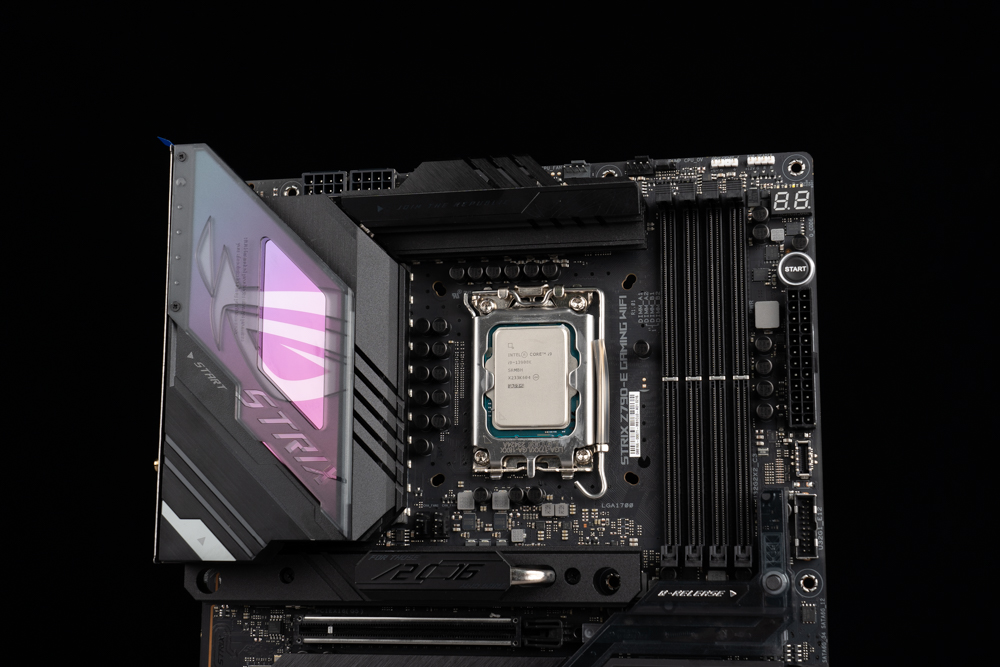
Now, let’s examine the diverse expansion slots available on the ROG STRIX Z790-E. Located at the top left corner of the motherboard is a dual 8-Pin processor ATX_12V ProCool II metal power supply slot. Adjacent to it is a CPU_OPT (Fan and Pump socket) slot, capable of providing a power supply capacity of 1A/12W.
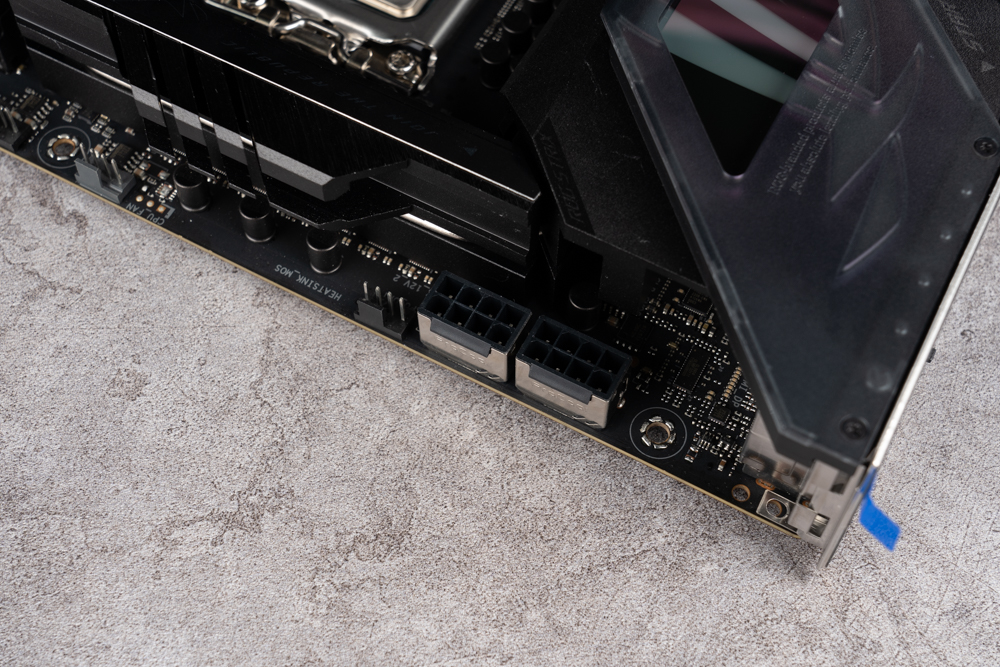
On the upper right corner of the motherboard, you’ll find slots for CPU_FAN, AIO_PUMP, CPU_OV (CPU Over Voltage jumper), ADD GEN2_1 (ARGB Gen2), and RGB_HEADER (12V 4-Pin RGB).
Both the CPU_FAN and AIO_PUMP slots can provide a maximum power supply capacity of 1A/12W. For users with integrated or split water cooling systems, it’s advisable to connect the pump’s power supply cable to the AIO_PUMP slot first, as this slot is configured to automatically run at full speed.
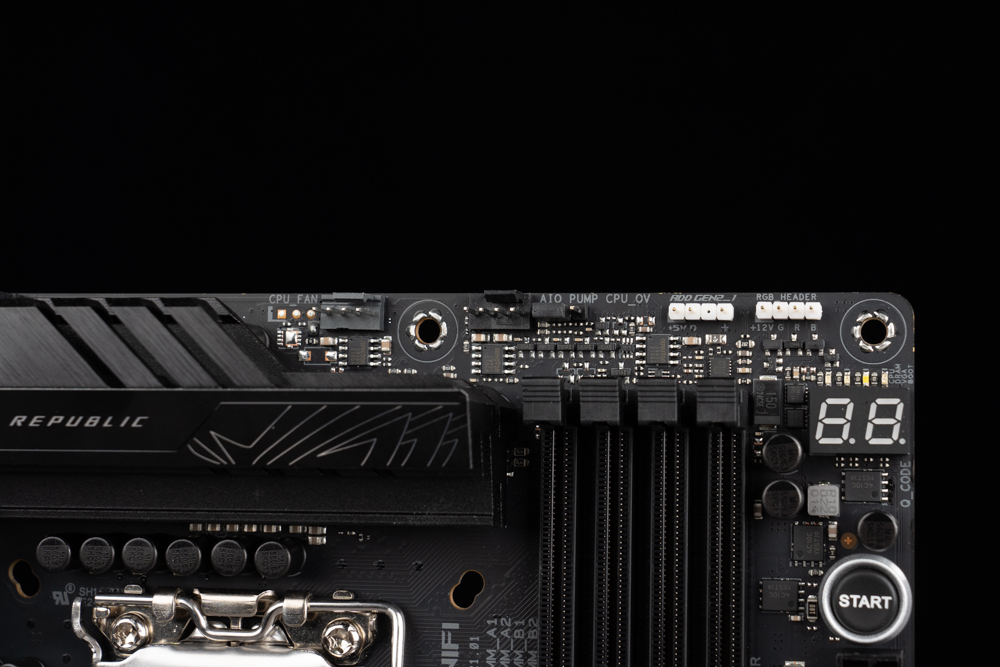
The four-slot DDR5 DIMM single-side clip memory slot accommodates up to four DDR5 memory modules with a combined maximum capacity of 128GB. This means each memory module can have a maximum capacity of 32GB. The memory overclocking frequency is advertised to reach up to 7800+ MT/s(oc), although this depends on the official memory QVL compatibility report. The slot supports Intel XMP 3.0 (Extreme Memory Profile) technology certification for one-click memory overclocking.
When installing memory, it’s recommended to opt for a 2 DIMMs dual-channel memory set, often chosen at purchase. These should be installed in the A2 and B2 slots (the second and fourth slots from the left). Placing the two memory modules in these positions enables them to operate at higher frequencies more easily.
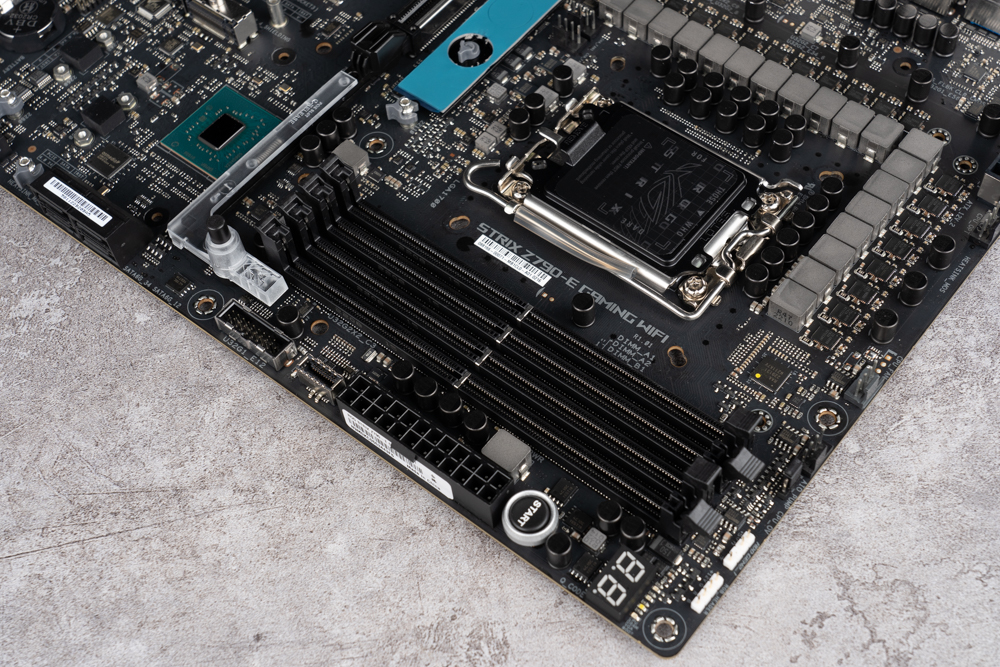
Situated at the upper right corner of the motherboard are Q-LEDs, a Q-Code LED, a quick power-on button, a 24-Pin motherboard power supply slot, a front USB 3.2 Gen2x2 Type-C (20Gb/s) slot, two USB 3.2 Gen1 slots (supporting four front USB 3.2 Gen1 installation ports), and four SATA 6Gb/s ports.
The front expansion USB 3.2 Gen2x2 Type-C slot not only supports 20Gb/s data transmission bandwidth, but it also features a USB Power Delivery (PD) 3.0 30W fast charging function. The effectiveness of this fast charging function largely depends on the cable/socket hardware provided by the case expansion device.
The Q-LEDs are straightforward Debug lights that allow you to quickly identify any issues with motherboard components during the self-test process that could prevent the machine from booting up. If an error occurs during this process, the Q-Code indicator will display a two-code error. These codes can be cross-referenced with the Q-Code error code table in the manual for debugging actions.
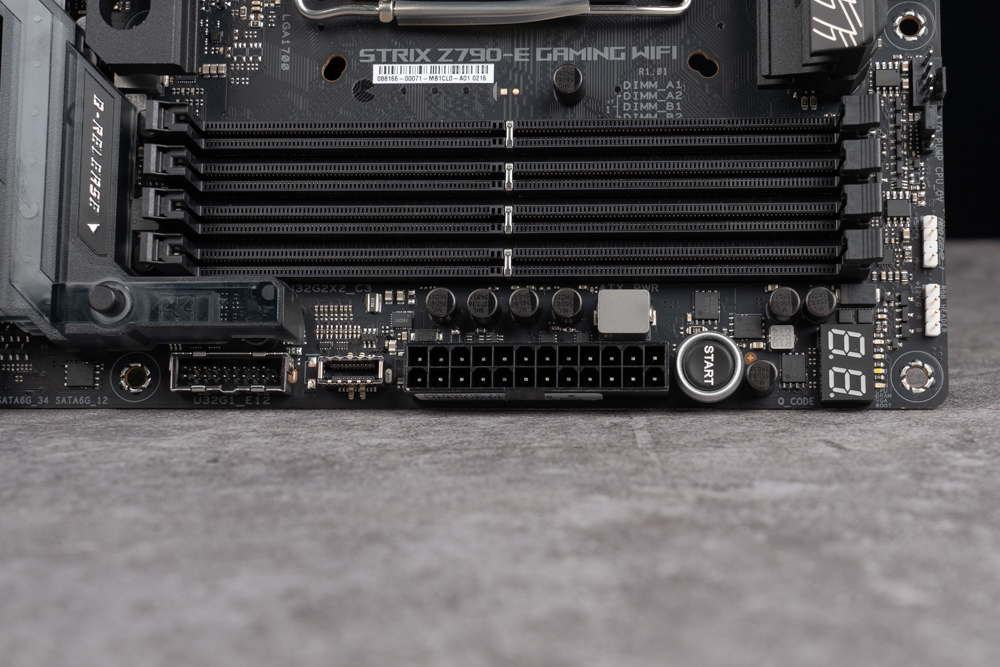
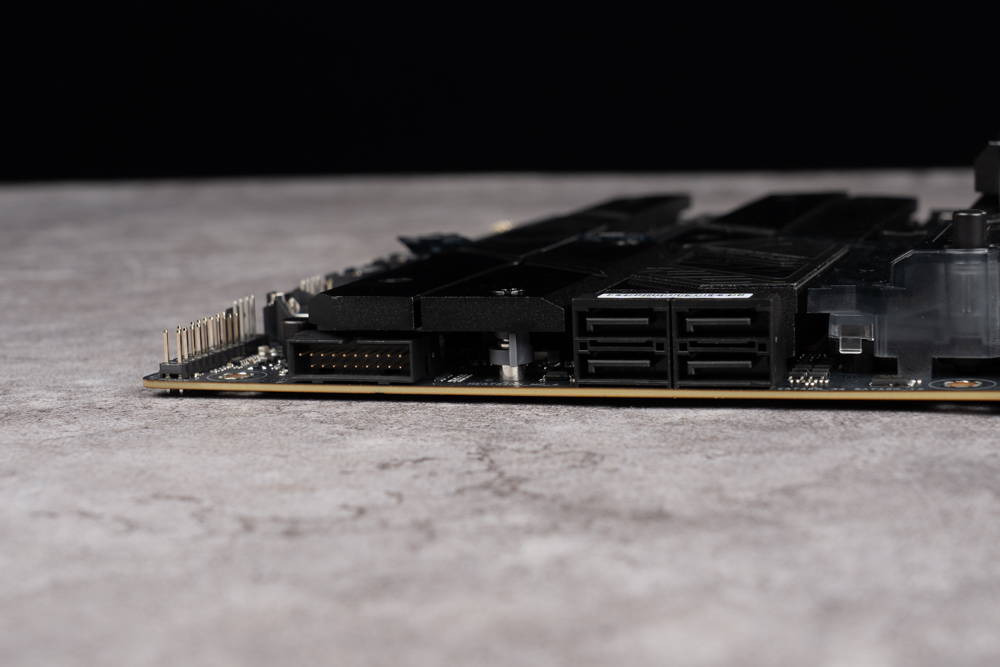
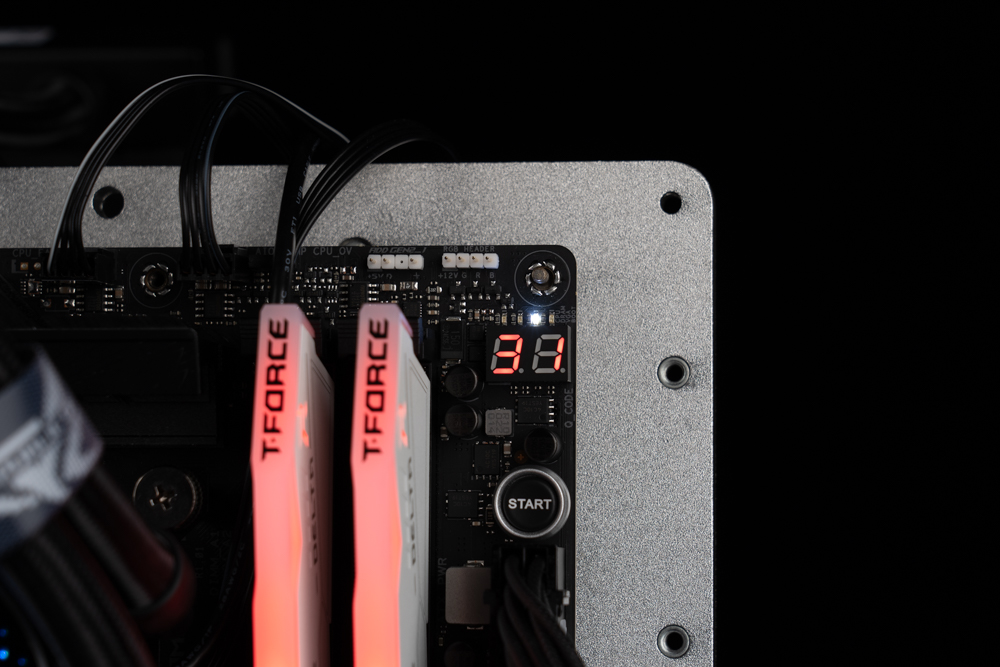
Beneath the ROG STRIX Z790-E, you’ll find system panel slots, three 4-Pin CHA_FAN chassis fan power supply slots, two USB 2.0 slots (supporting four front USB 2.0 installation ports), an Alternative PCIe mode switch, two ADD GEN2 slots (5V 3-Pin ARGB Gen2), a Thunderbolt expansion slot, and an HD_AUDIO audio source slot.
The Alternative PCIe physical mode switch employs three settings—AUTO, 1st Step, and 2nd Step—to adjust the bandwidth of the motherboard’s PCIe slot using the CPU’s direct connection channel. In AUTO mode, the PCIe signal from the CPU defaults to its original value; in 1st Step, the PCIe signal from the CPU is set to 4.0 and LED1 turns green; in 2nd Step, the PCIe signal from the CPU defaults to Gen3 and LED2 turns yellow.
The Thunderbolt expansion slot can be paired with the “ASUS ThunderboltEX 4 Expansion Card”. Once the motherboard expansion slot is connected to the expansion card via a cable, the expansion card can provide two additional Thunderbolt 4 (USB C) and Mini DisplayPort 1.4 ports.
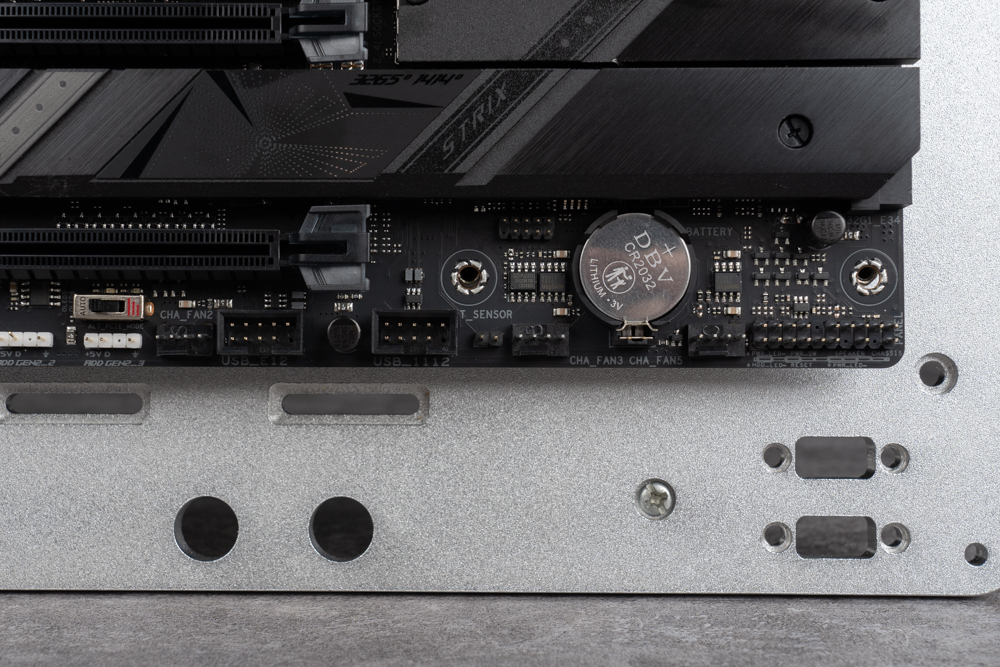
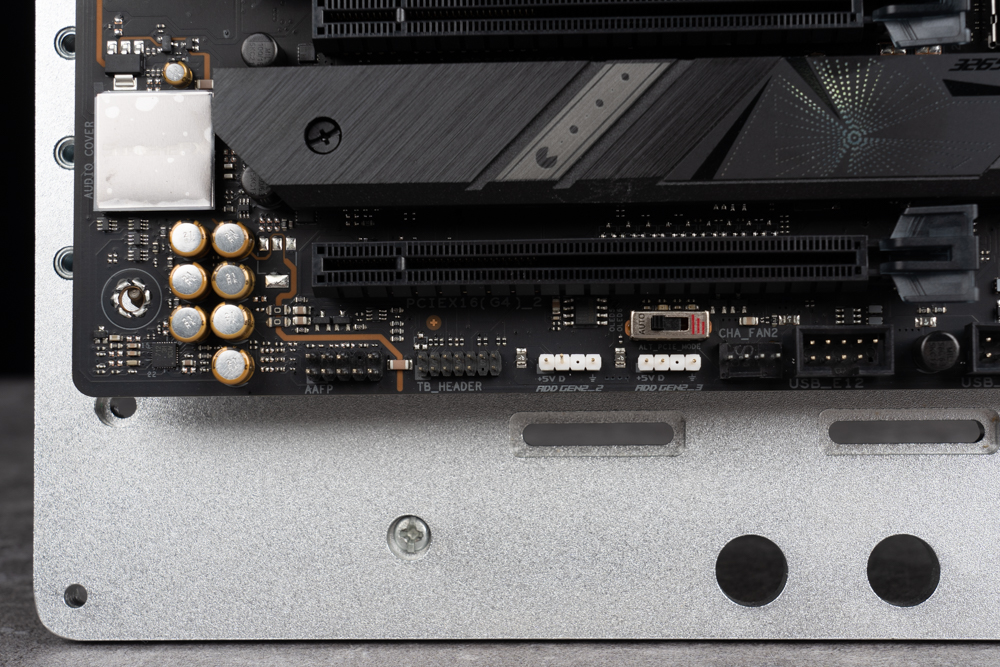
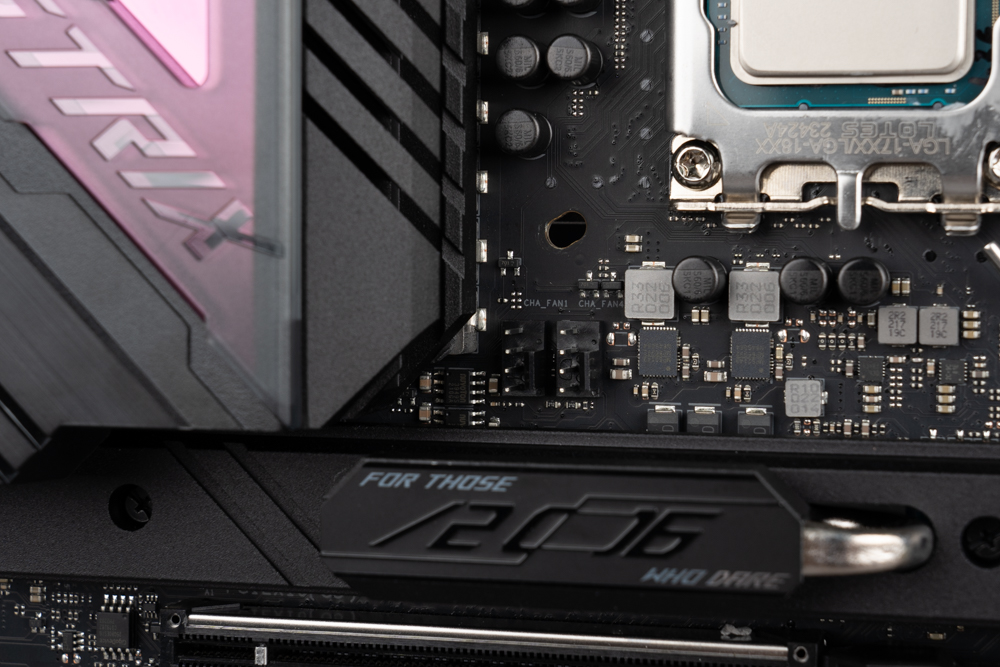
The motherboard’s PCIe slot offers three x16 slots in total. However, only the first one (PCIEX16_1) provides full x16 bandwidth. This metal-reinforced slot, PCIEX16_1, offers PCIe 5.0 x16 specifications, ensuring sufficient physical strength and full bandwidth for direct plug-in installation of graphics cards. However, when an M.2 SSD is installed in the M.2_1 slot, PCIEX16_1 will automatically reduce its bandwidth to PCIe 5.0 x8—a detail users should be aware of.
The second and third PCIe 4.0 x16 slots (PCIEX16_2/PCIEX16_3) are x16 in installation length but only offer x4 bandwidth. These slots are suitable for expanding additional devices such as capture cards or sound cards, but they should not be used for installing a graphics card.
A special “Q-RELEASE” button is paired with the PCIEX16_1 slot. This button, designed with a spring structure, aids users in the disassembly process when removing an existing graphics card or PCIe device.
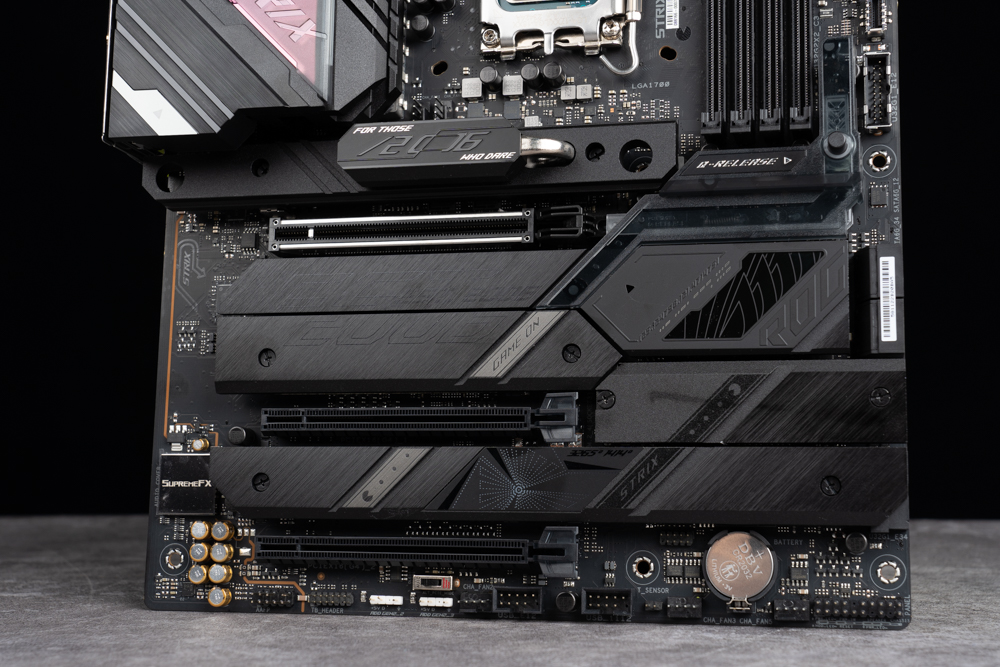
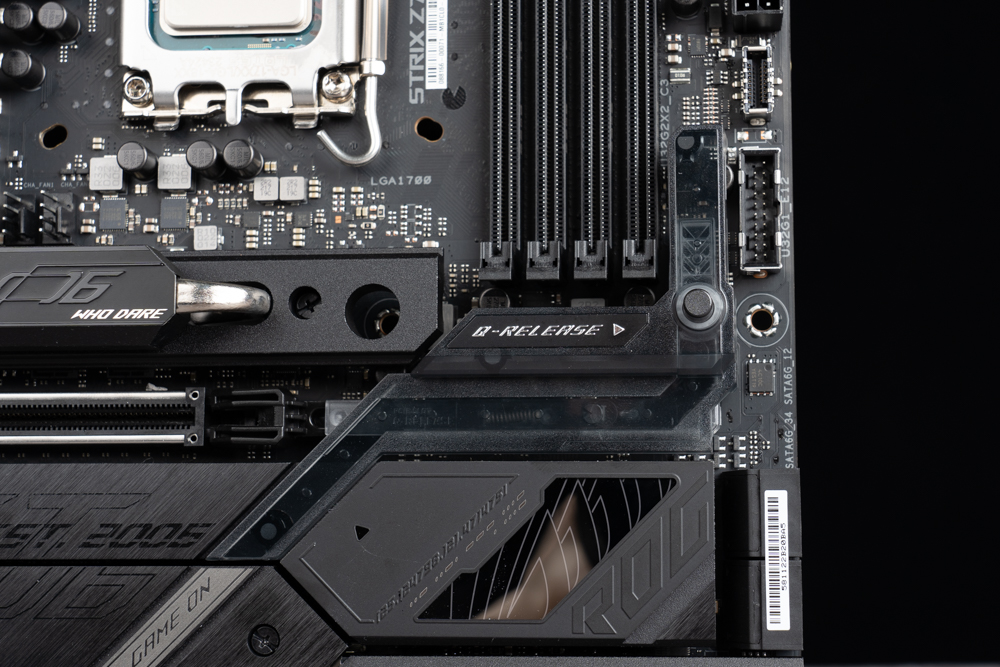
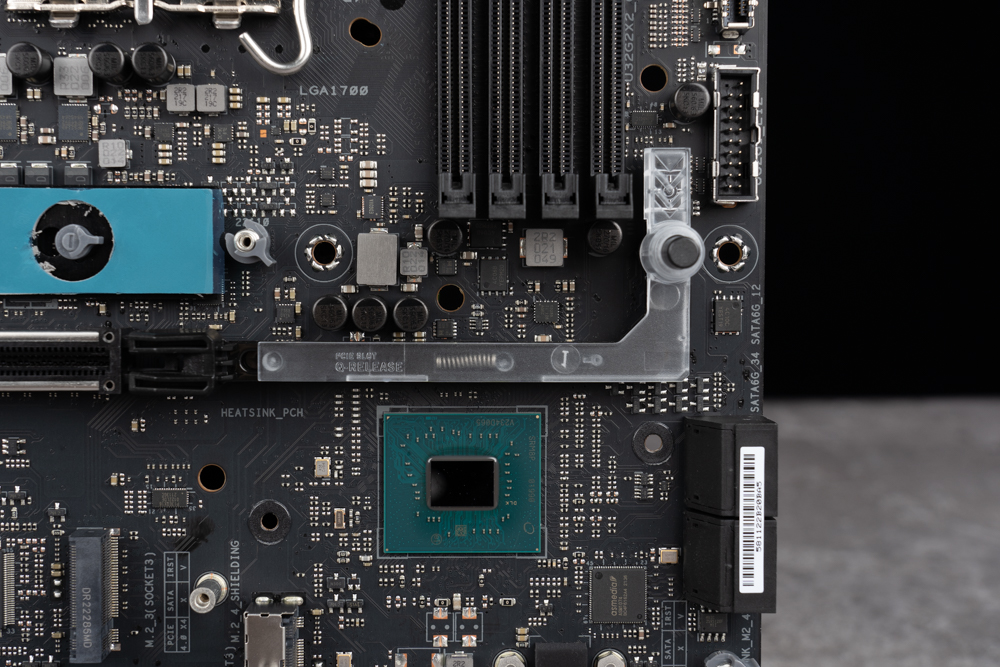
The ROG STRIX Z790-E provides five M.2 SSD expansion slots. The M.2_1/M.2_2 slots, which use the direct connection channel of the processor, support PCIe Gen5 x4 and PCIe Gen4 x4 bandwidth respectively. A thick SSD heatsink, paired with a heat pipe, provides sufficient thermal performance for PCIe Gen5 SSDs.
The remaining three Z790 chipset channel slots, M.2_3/M.2_4/M.2_5, support PCIe Gen4 x4 bandwidth. The M.2_5 slot is also compatible with earlier SATA M.2 SSDs. All five M.2 SSD installation positions on the motherboard support 2242/2260/2280 lengths and M Key specifications. They are equipped with thermal pads and heatsinks to deliver stable heat dissipation performance.
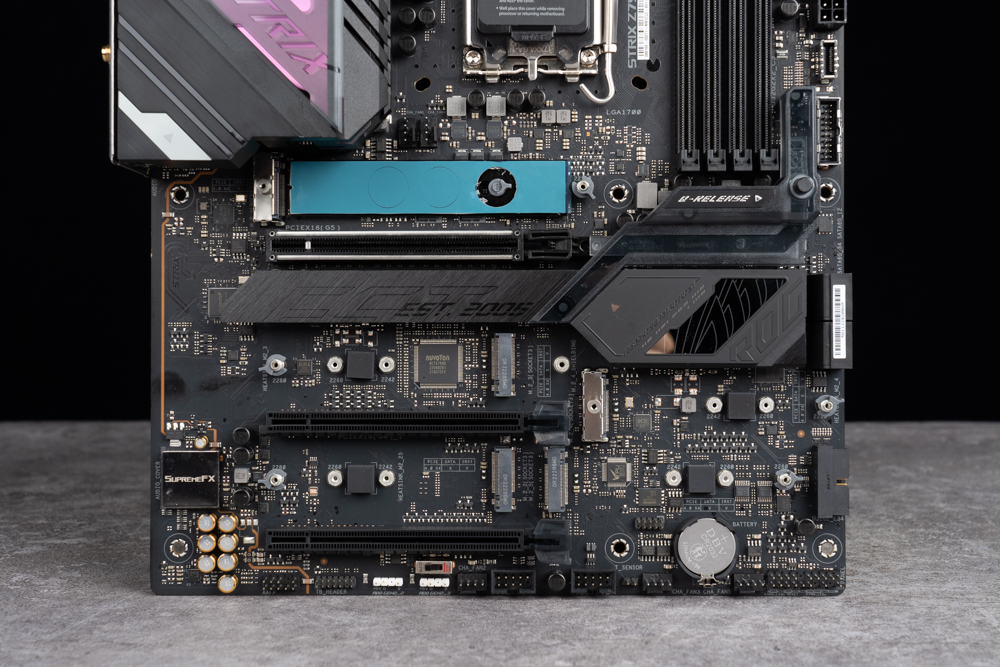
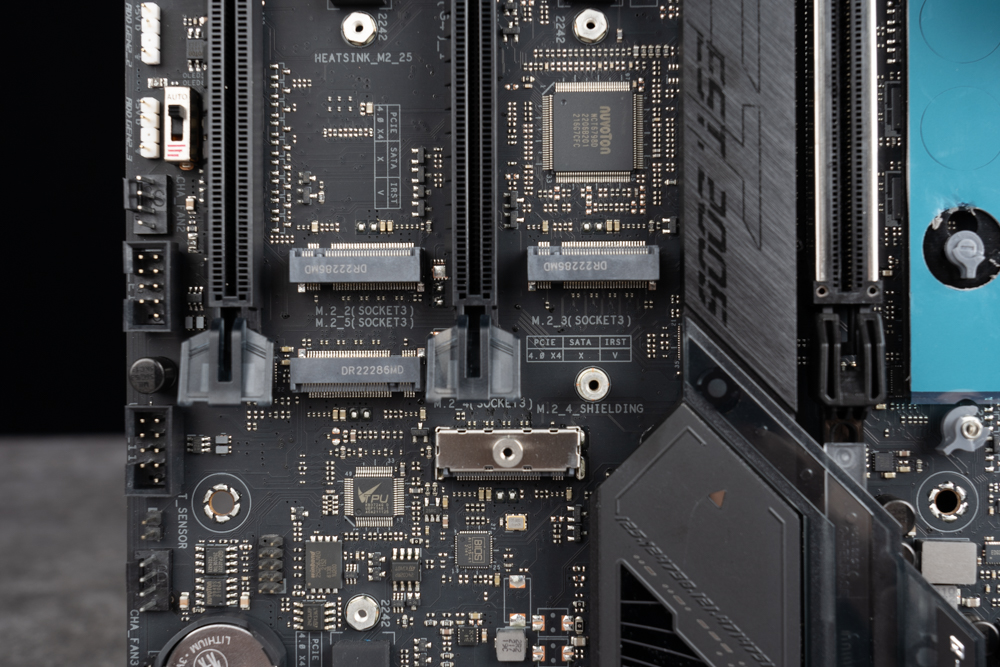
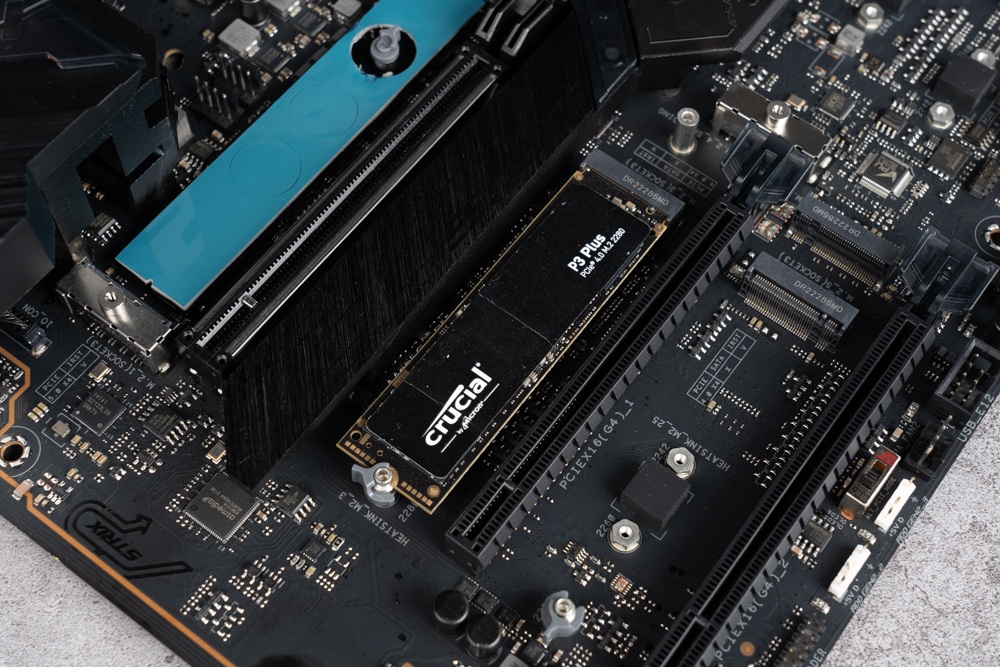
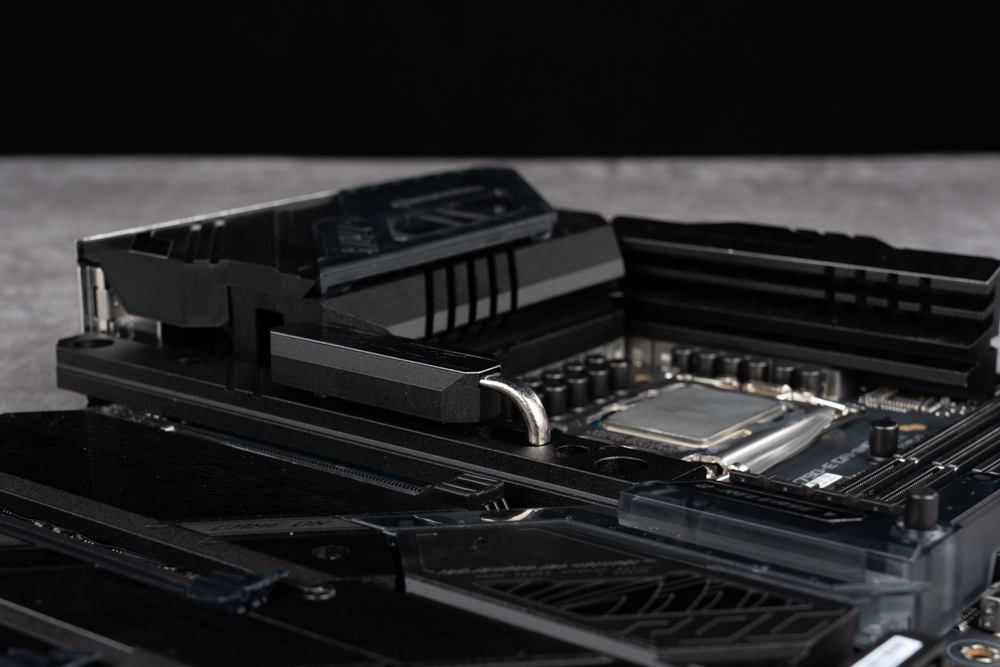
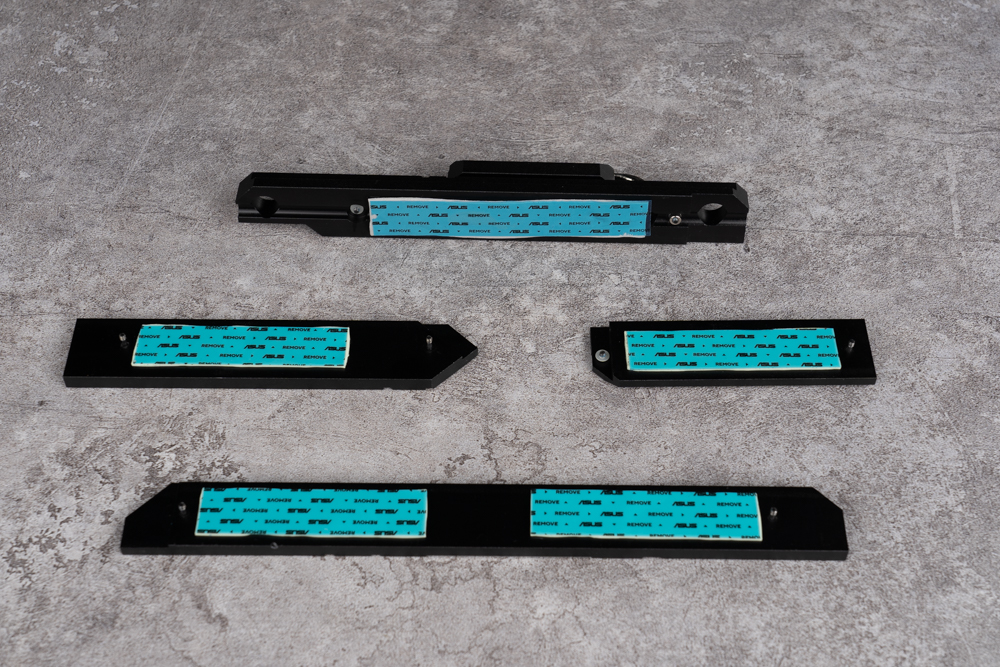
The rear I/O of the motherboard provides HDMI 2.1, DisplayPort 1.4, four USB 3.2 Gen1 Type-A ports, a Clear CMOS button, BIOS FlashBack, six USB 3.2 Gen2 Type-A ports (10 Gb/s), a USB 3.2 Gen2 Type-C port (10 Gb/s), a USB 3.2 Gen2x2 Type-C port (20 Gbps), an RJ-45 2.5G LAN wired network port, a WiFi 6E antenna port, an optical S/PDIF digital audio output, and a five-hole audio port.
In the rear I/O expansion section, the ROG STRIX Z790-E GAMING WIFI does not increase the total number of USB Type-A/C ports, but it does upgrade the four USB 2.0 ports of the Z690 to USB 3.2 Gen2 (10 Gb/s) bandwidth. It also boosts the total number of USB 3.2 Gen2 Type-A ports from two to six. So, if users frequently need high-speed data transmission via the rear I/O of the motherboard, then Z790-E would be a better choice.
One of the USB 3.2 Gen2 Type-A (10 Gb/s) ports, distinguished by a white box, is necessary when using the BIOS FlashBack function. A USB flash drive containing the BIOS file must be inserted into this slot to update the BIOS.
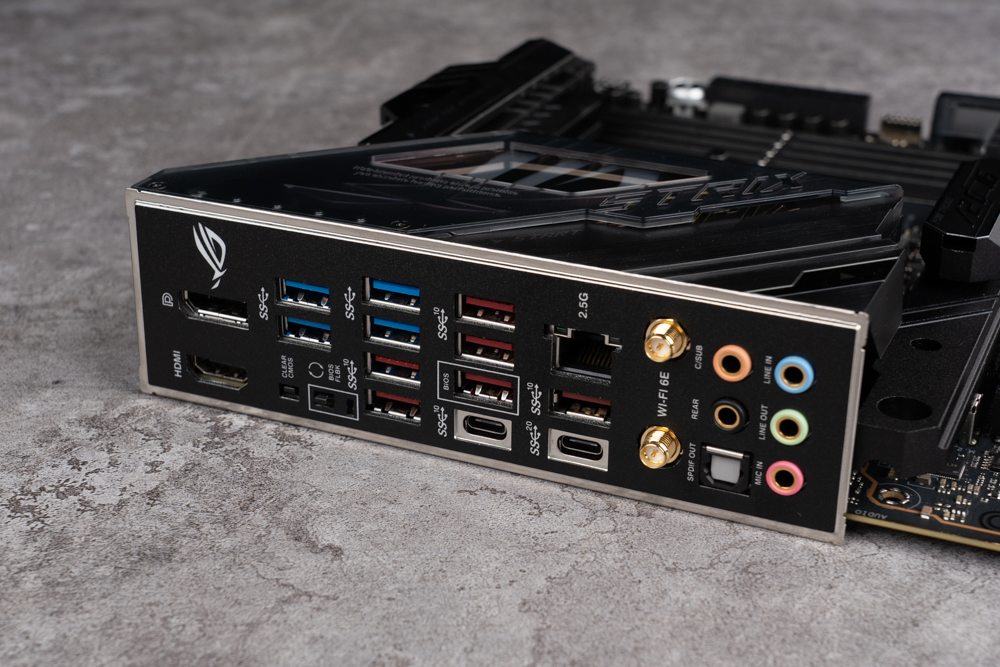
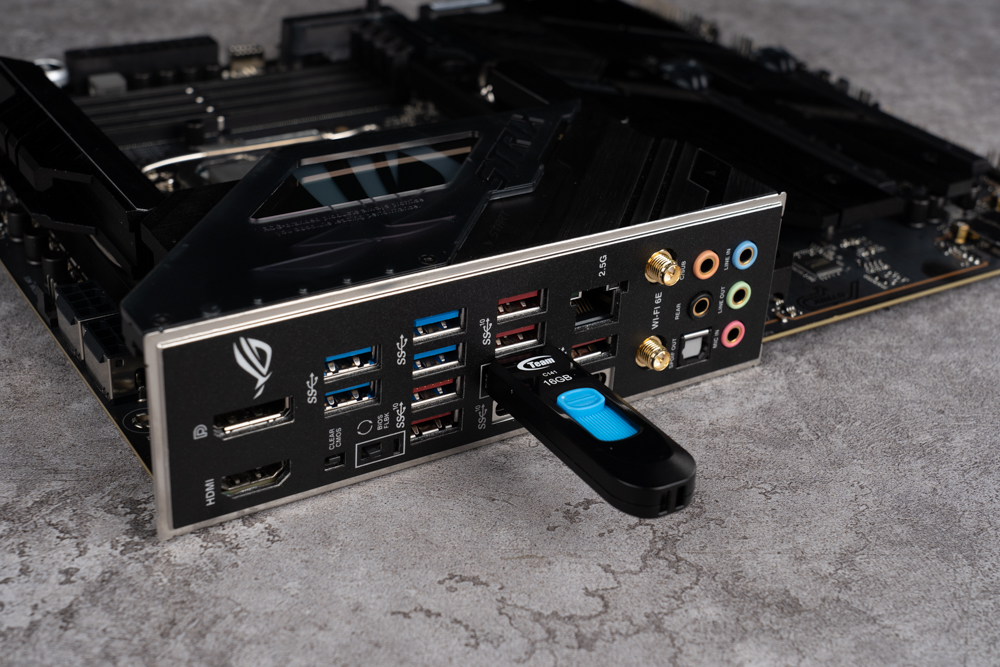
The motherboard comes with additional accessories such as Faith Stickers, Disposable Cable Ties, 2 x SATA Cables, M.2 Copper Posts, M.2 Q-Latch Spare, M.2 SSD Thermal Pad, WiFi Antenna, VRM Fan Bracket, DDR5 Memory fan bracket, a graphics card bracket, and an ROG belief key ring.
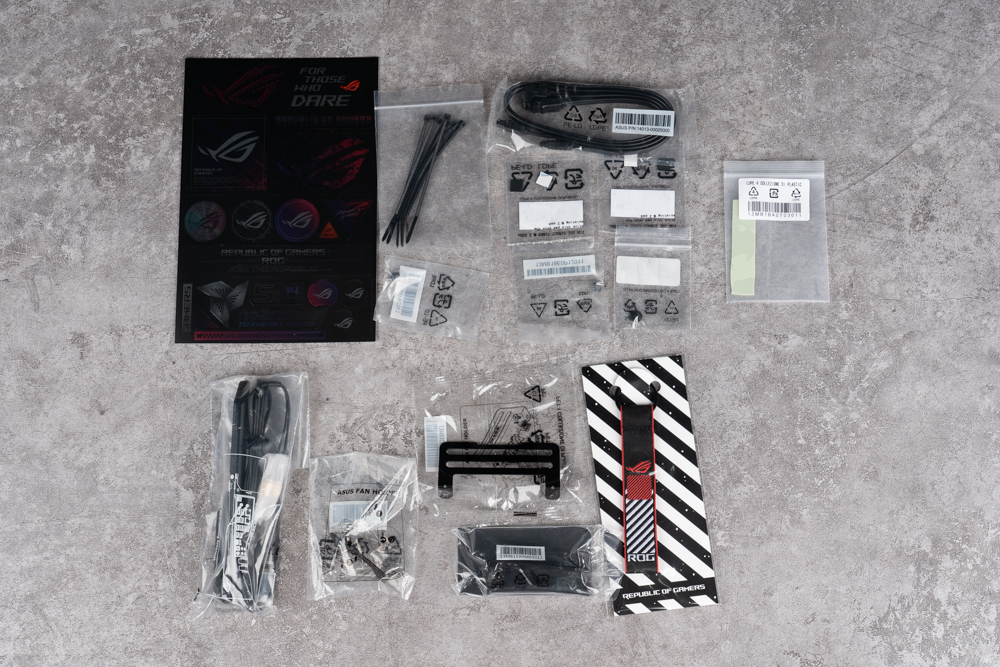
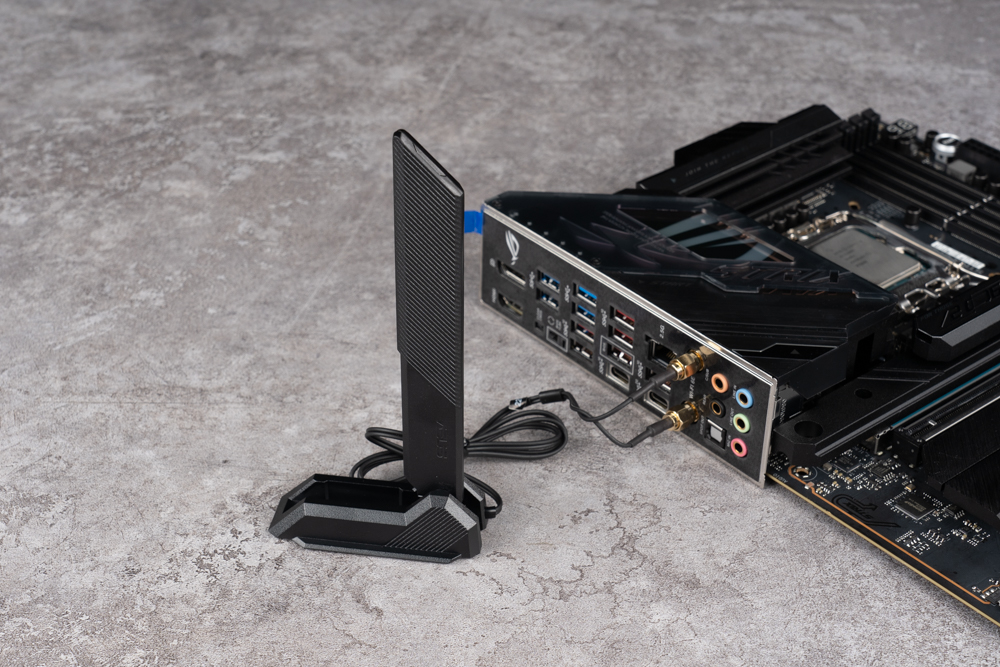

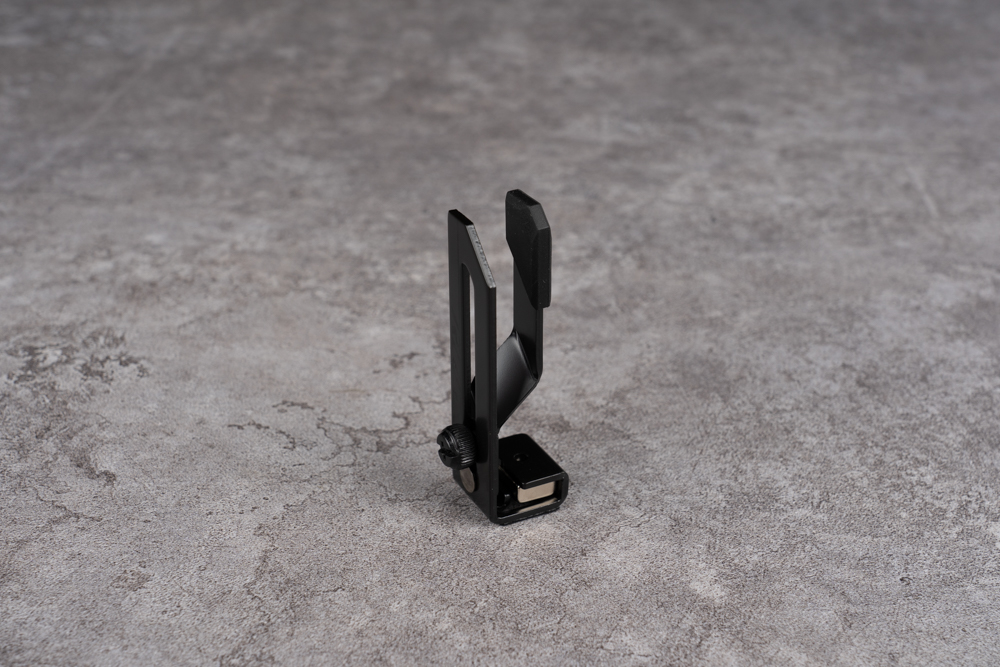
ROG STRIX Z790-E GAMING WIFI motherboard power supply material
After reviewing the expansion slots of the motherboard, let’s examine the power supply material and various small components underneath. The ROG STRIX Z790-E GAMING WIFI features an 18+1 phase 90A power stage.
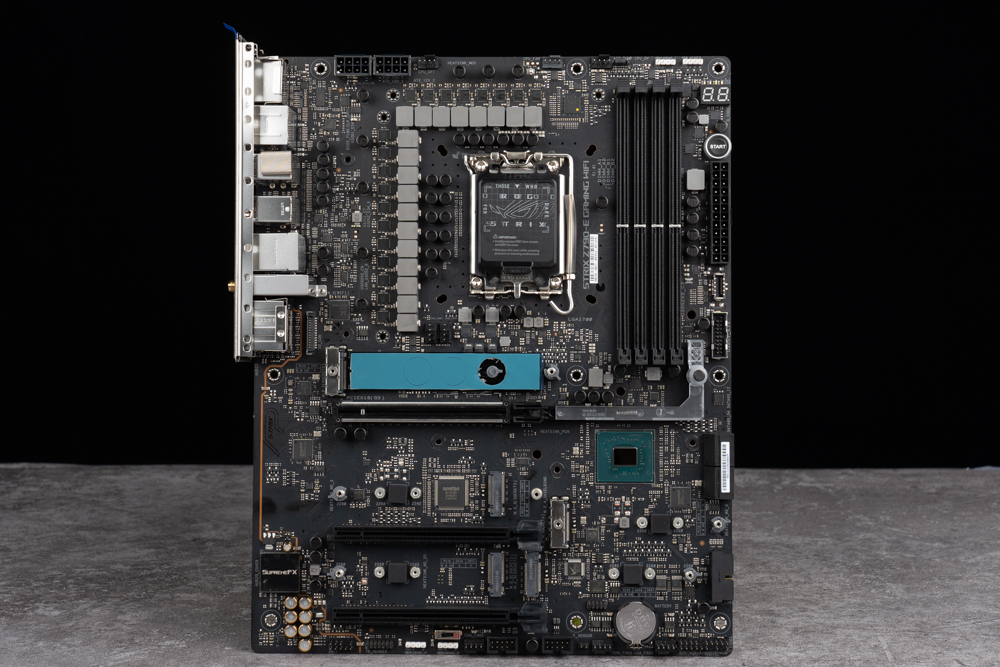
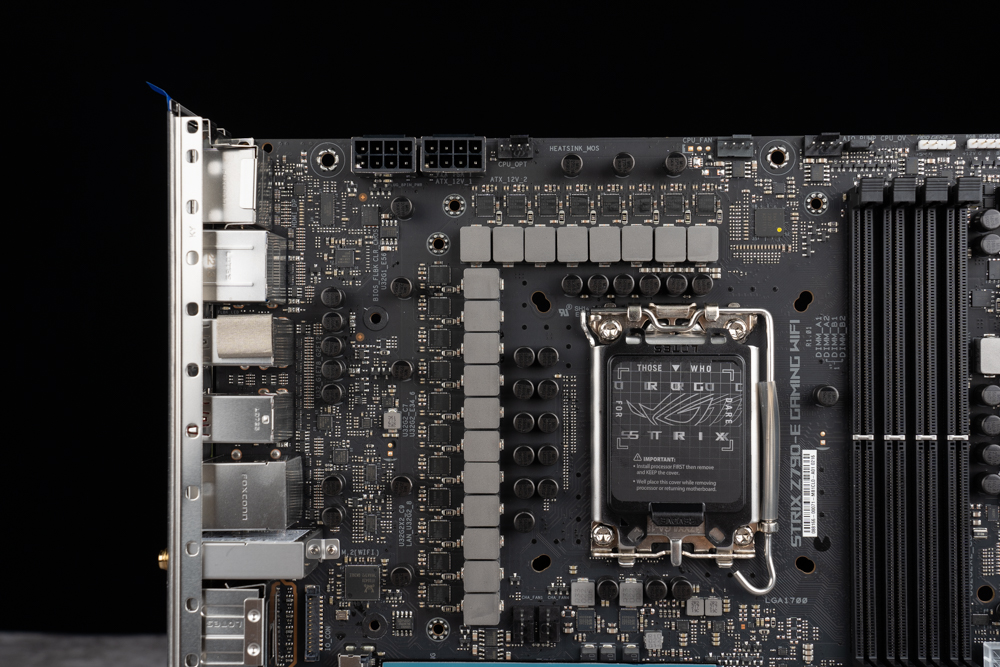
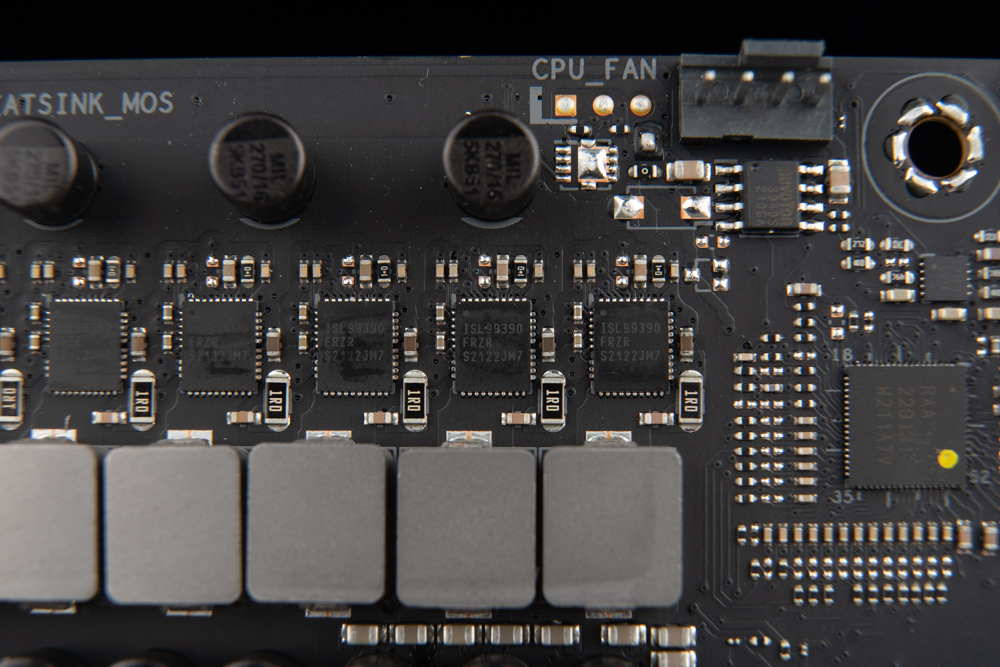
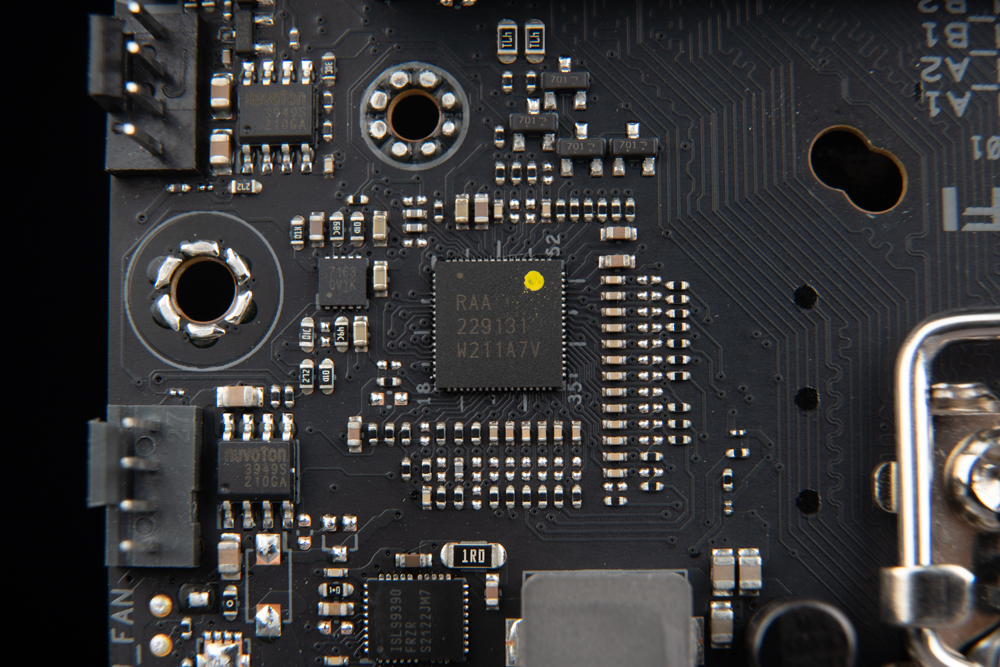
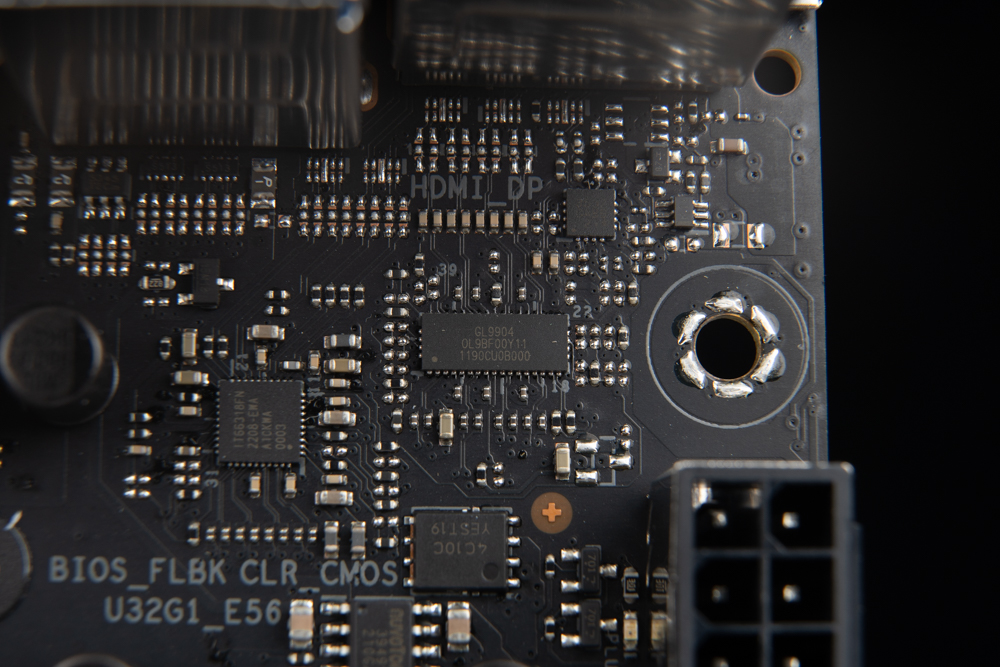
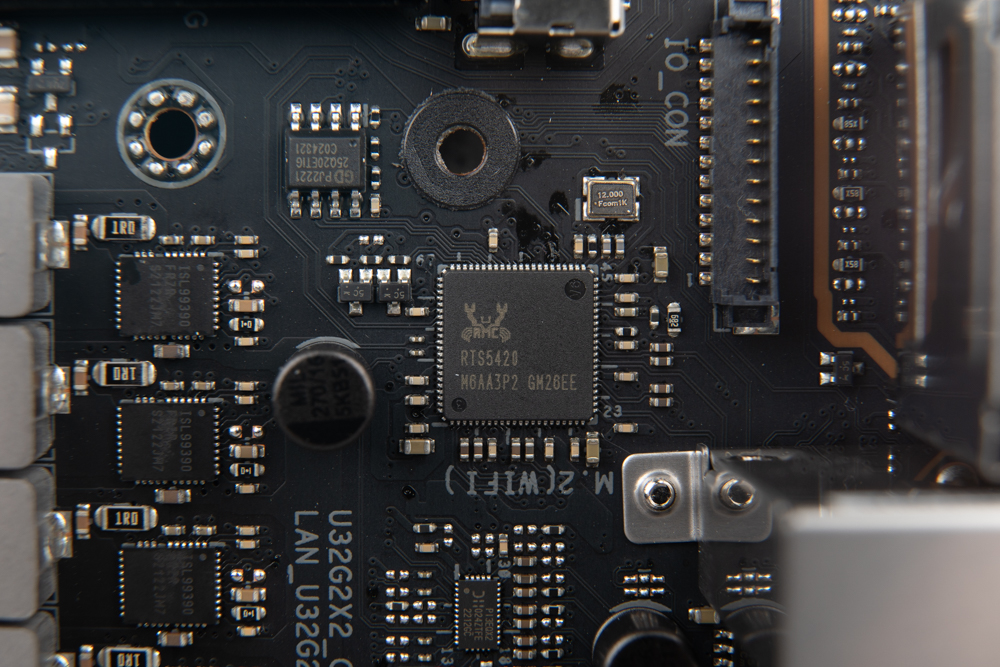
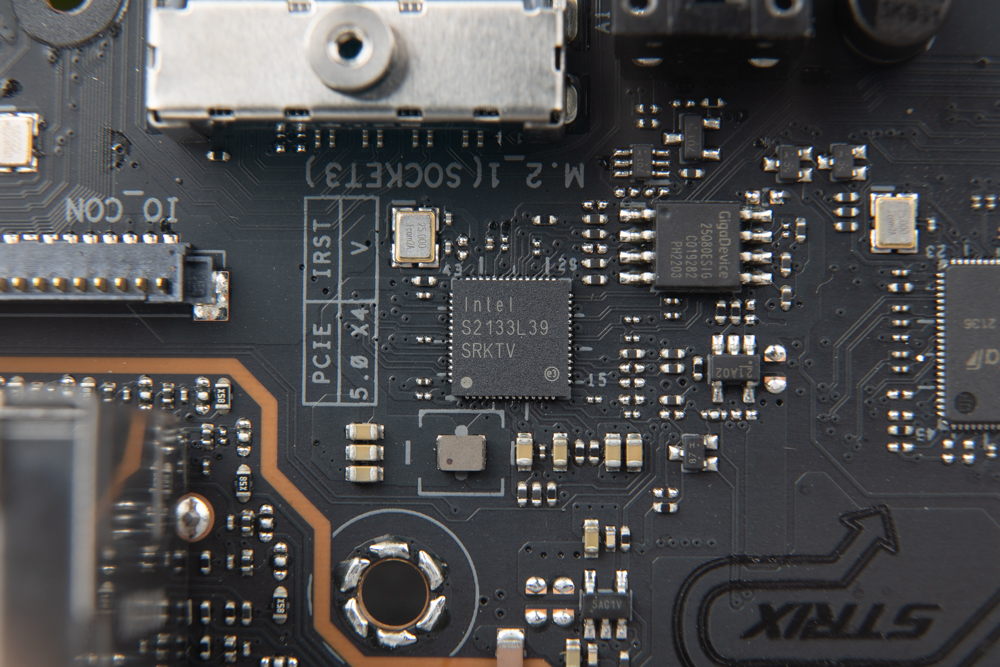
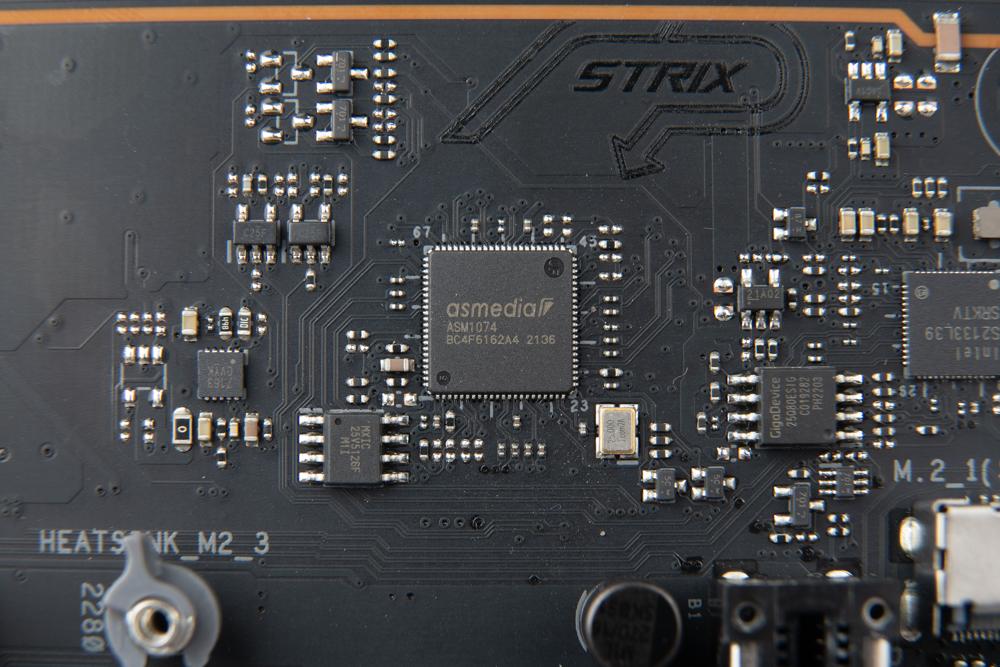
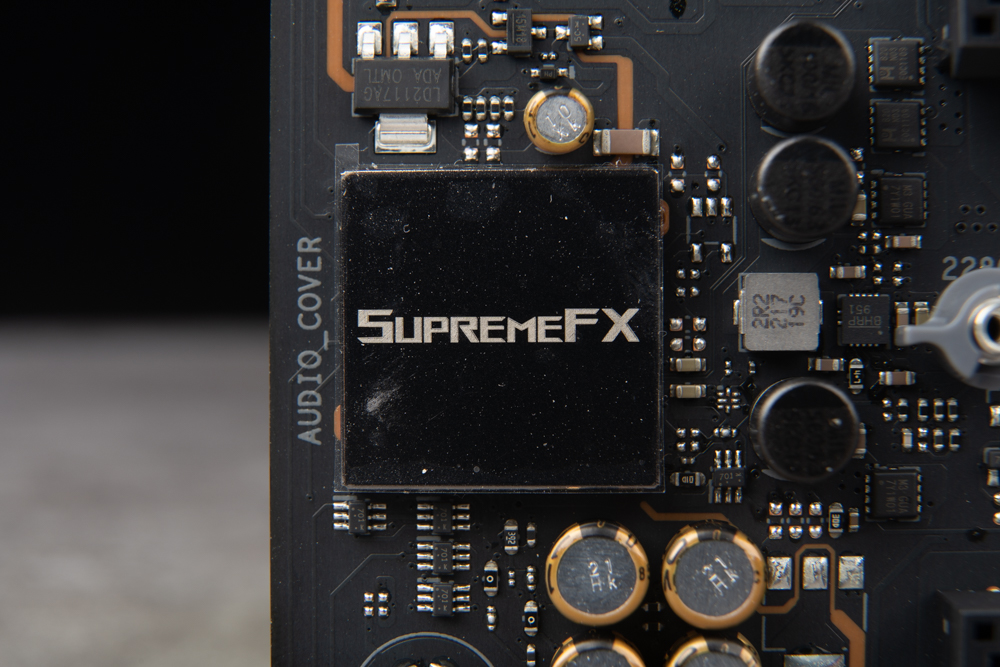
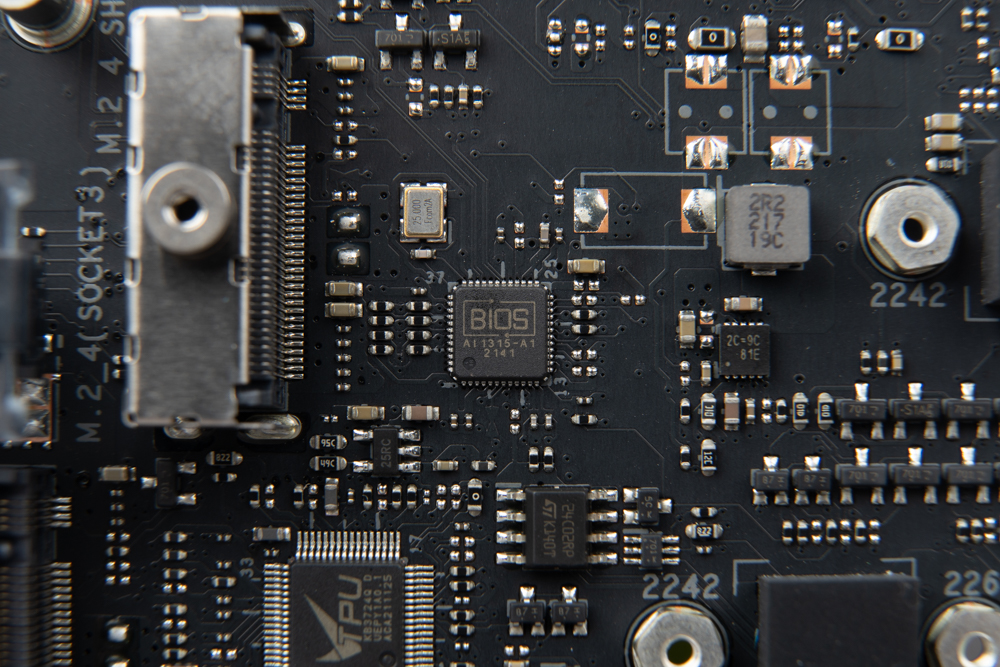
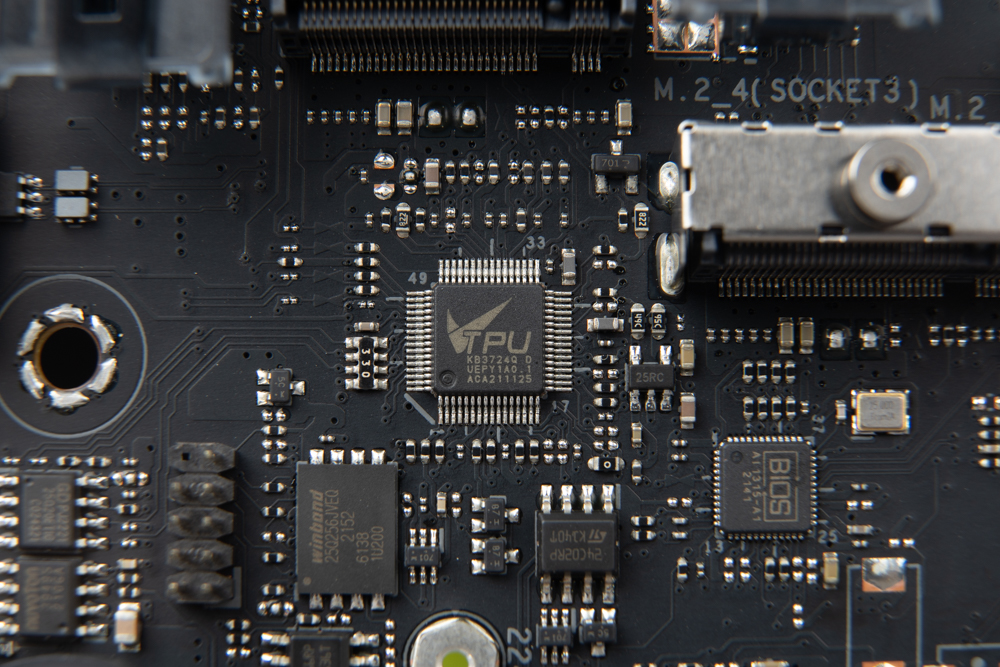
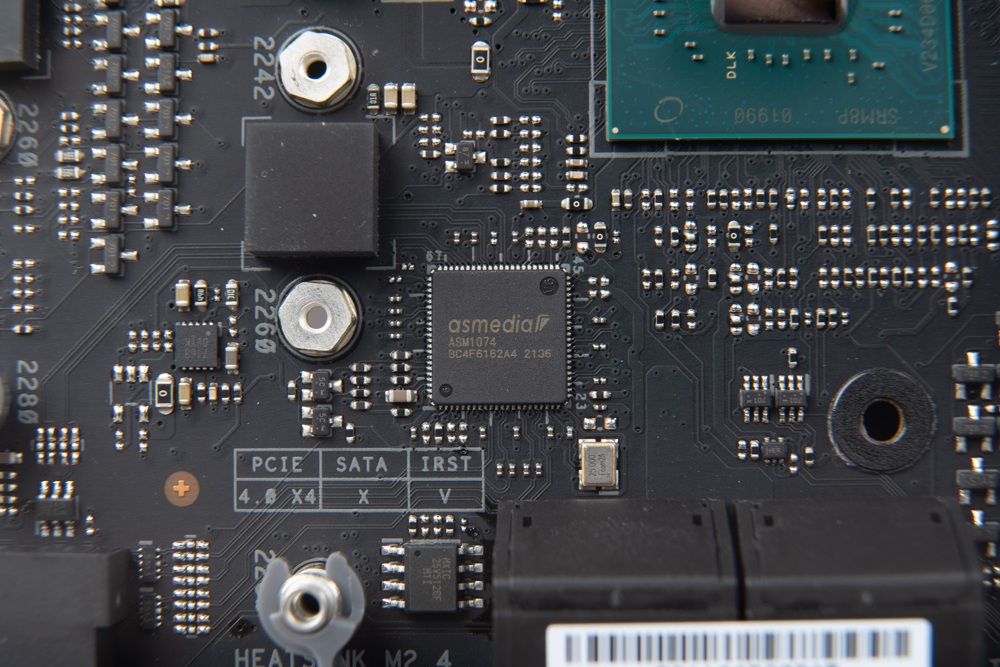
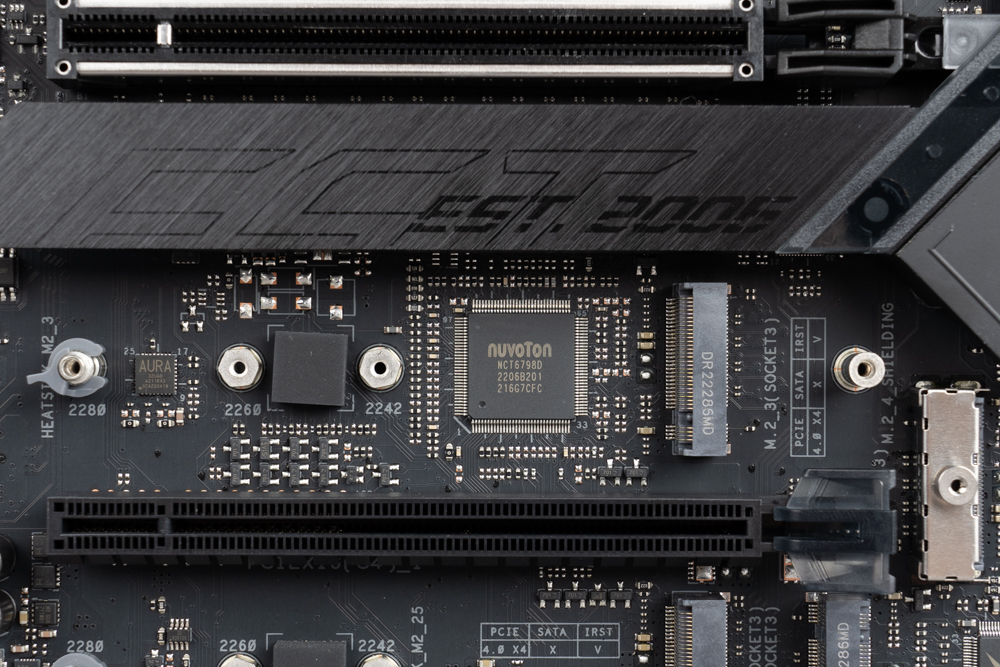
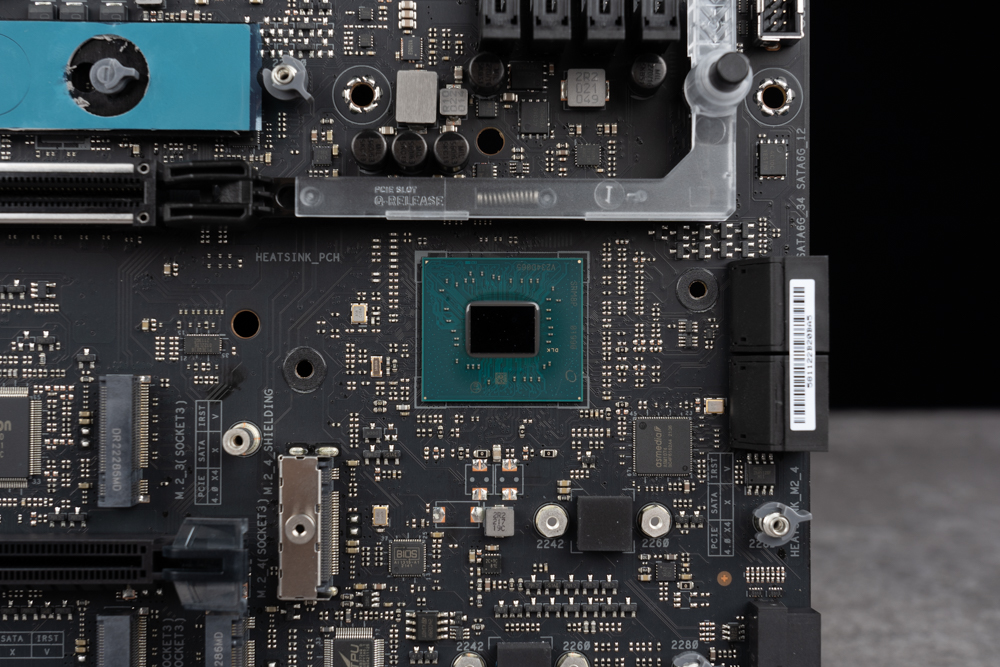
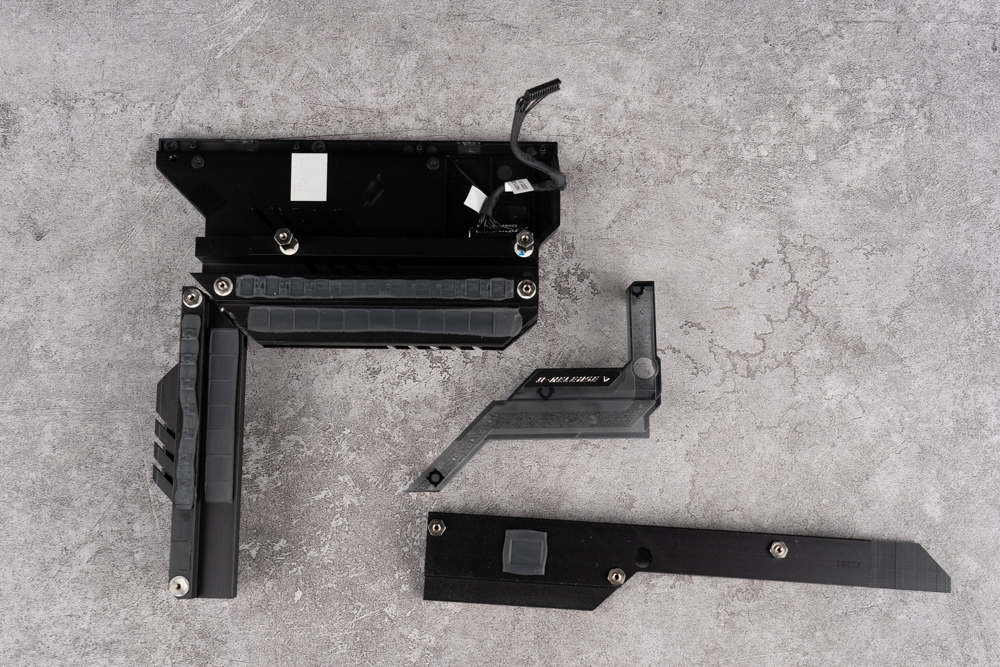
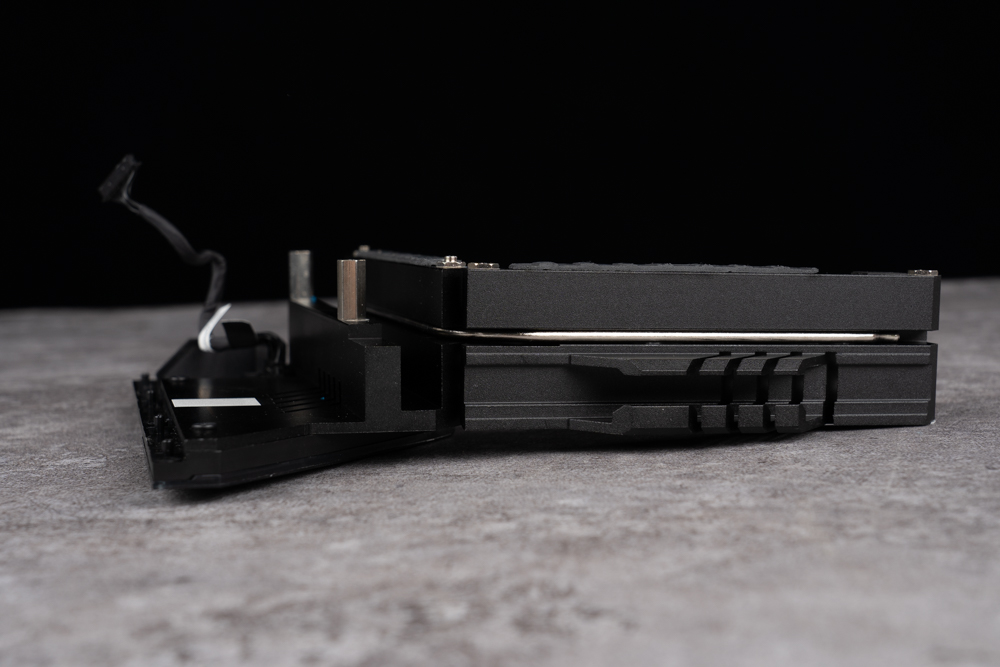
The default state of the BIOS function menu
EZ Mode is a user-friendly interface provided when accessing the UEFI BIOS Utility. In EZ Mode, users can view and adjust the motherboard’s basic function settings and options. These include boot sequence of hard disks, hardware and BIOS version details, temperature and voltage monitoring, memory information and XMP settings, as well as fan speed monitoring.
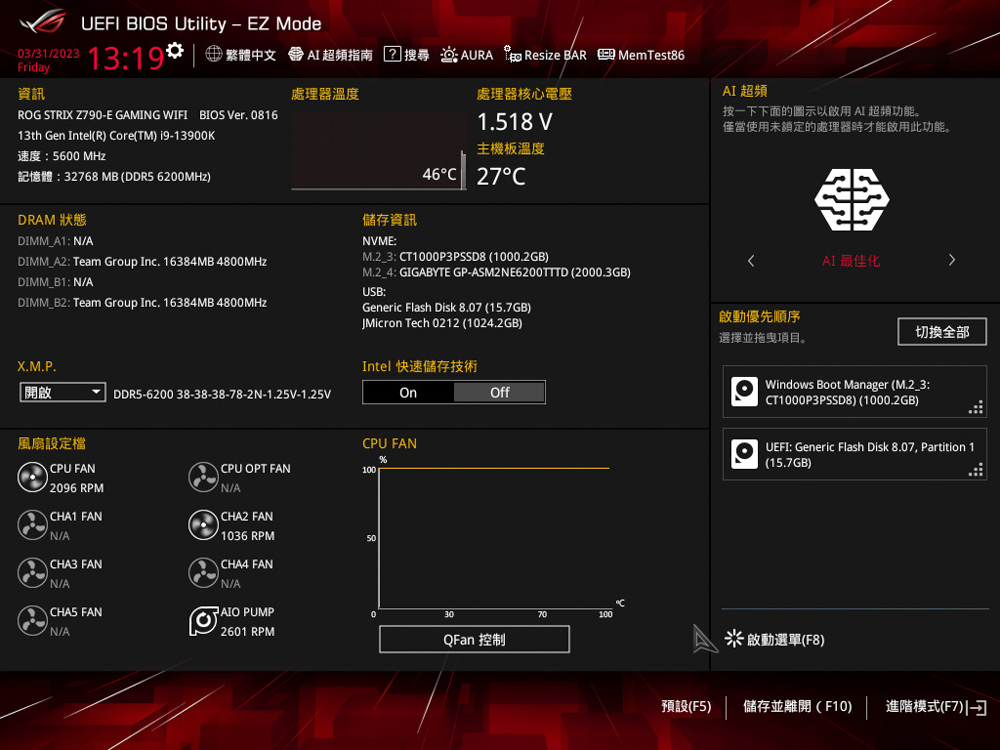
By pressing F7 in EZ Mode, you can switch to Advanced Mode. This mode provides more detailed adjustable options, and the right half of the interface integrates simplified hardware monitoring.
Regardless of whether you’re in Simple Mode or Advanced Mode in the BIOS system, there are various shortcut options at the top of the screen. These options include language settings, Q-Fan control, function search, AURA, ReSize BAR, and Memtest86 memory testing software.
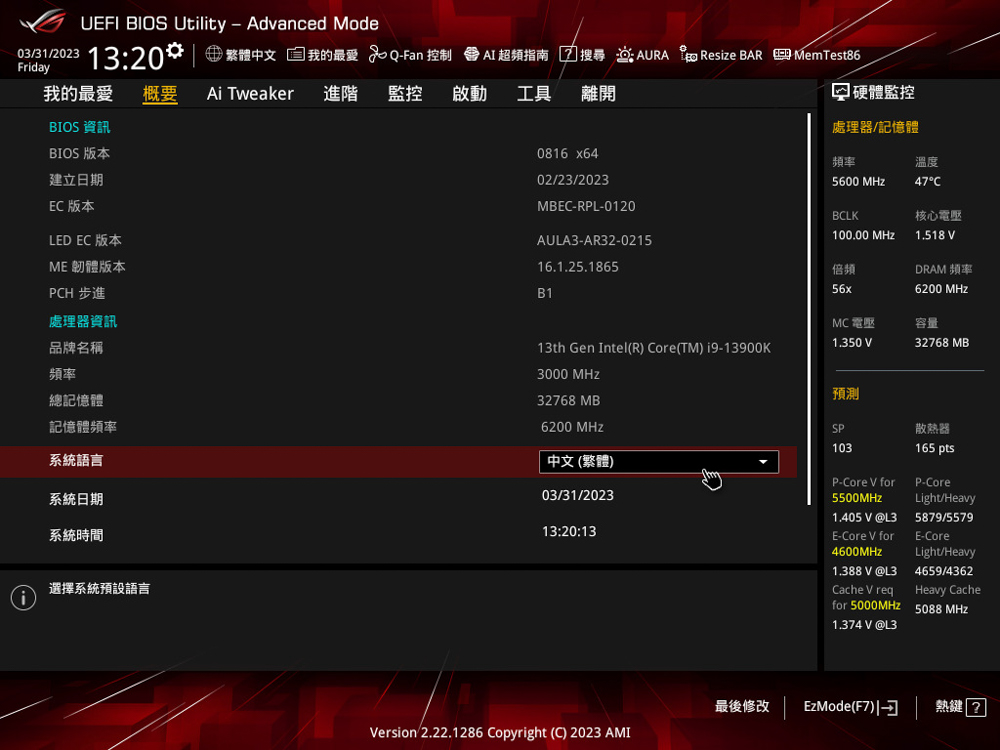
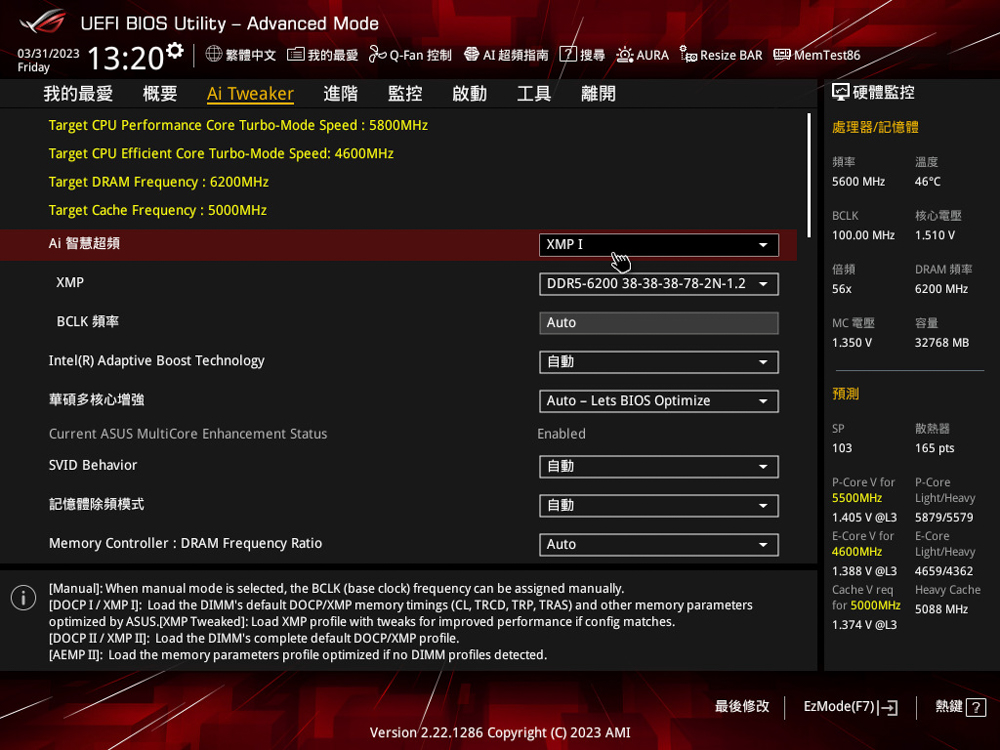
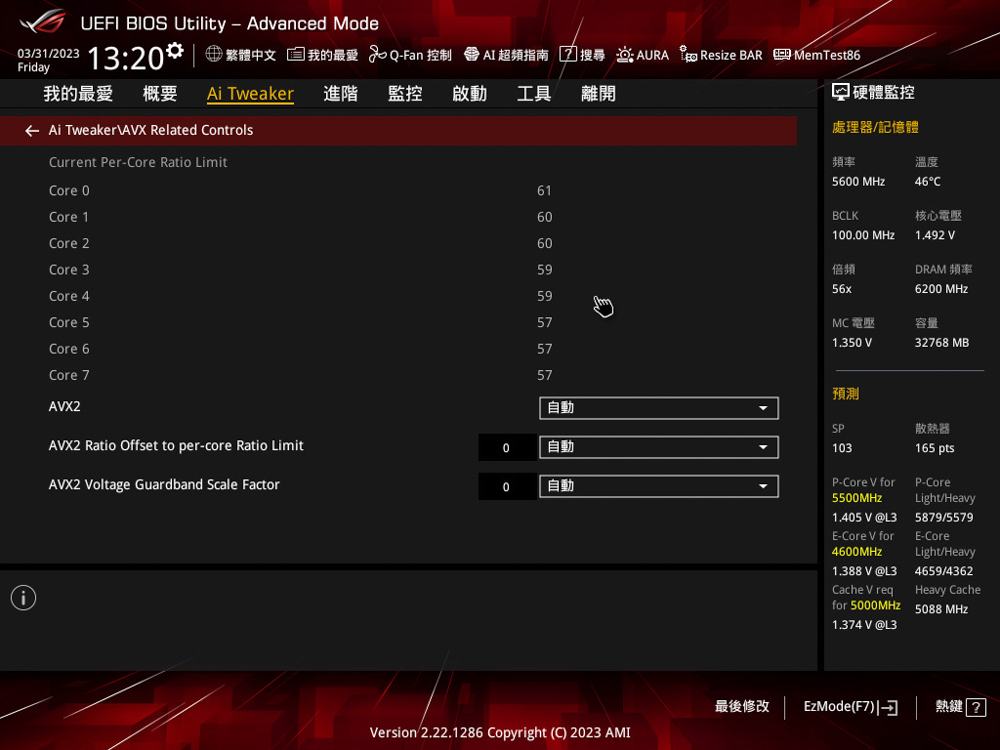
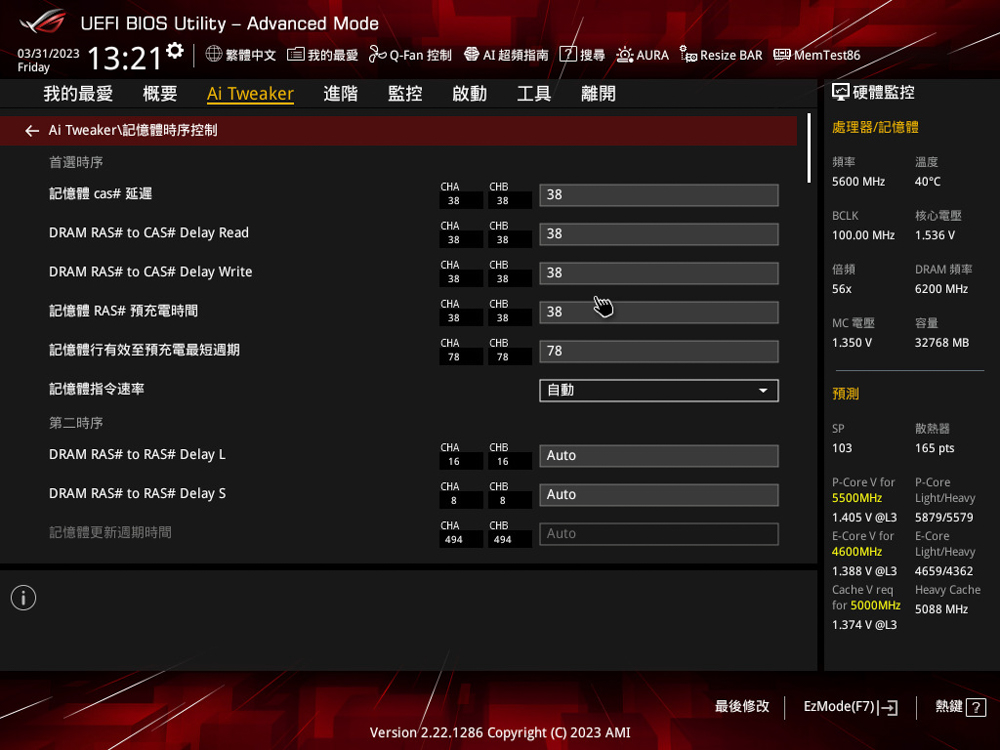
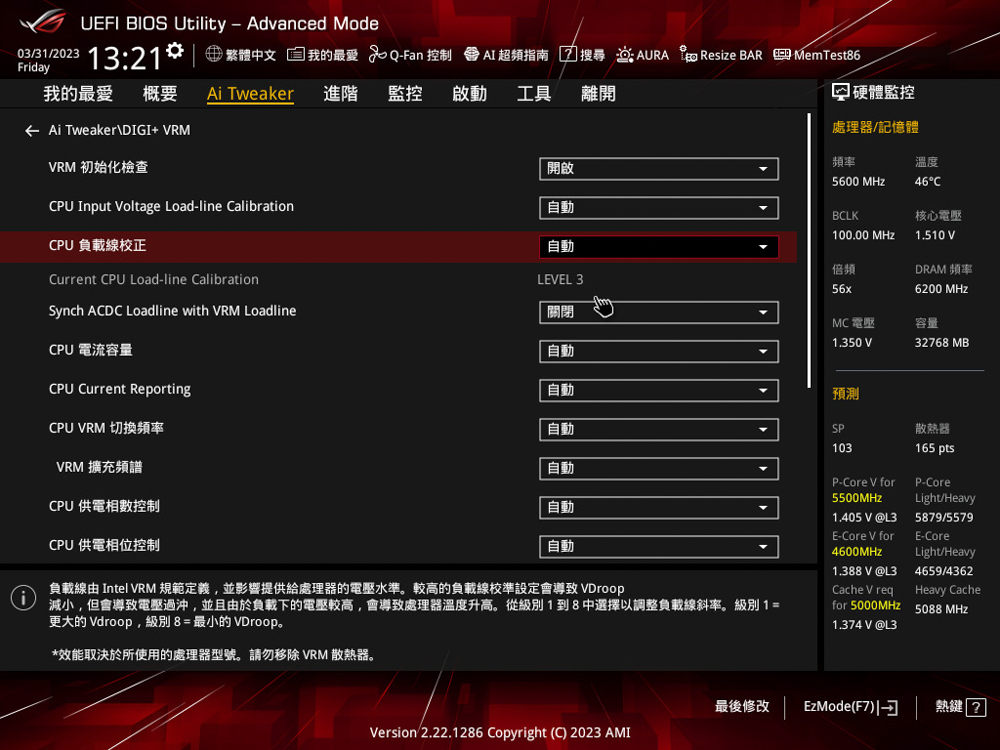
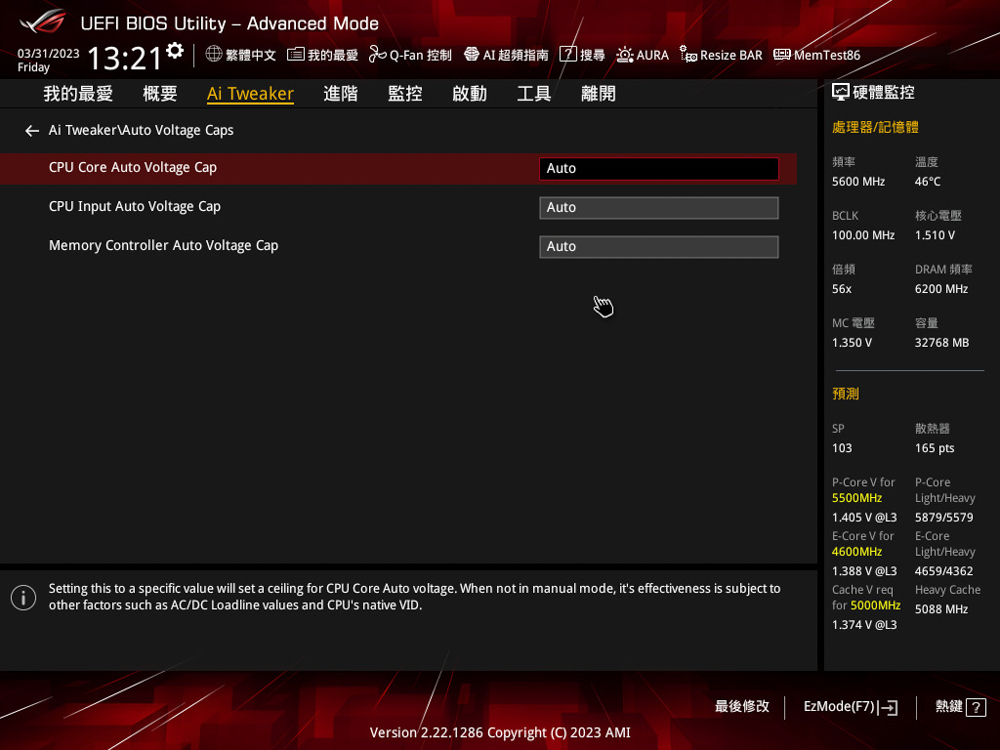
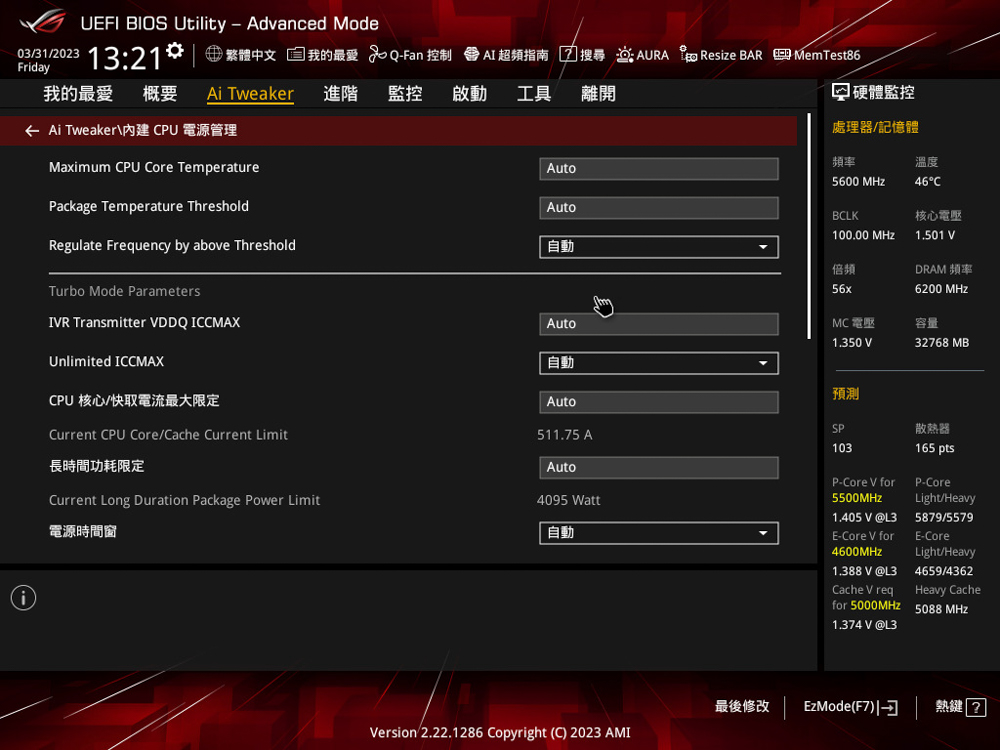
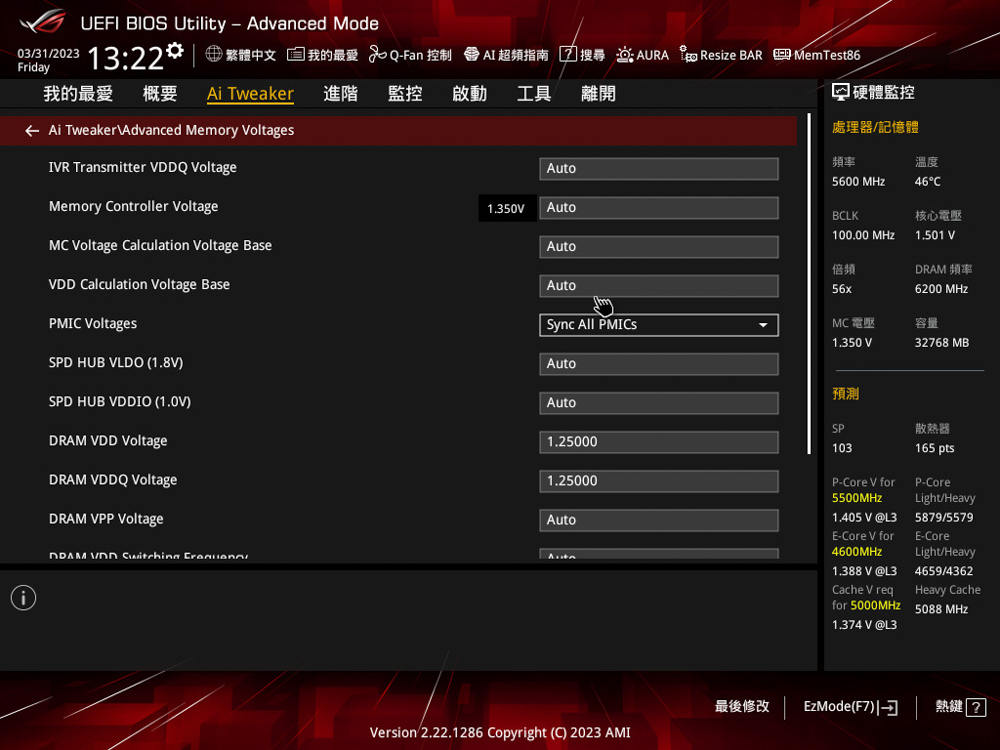
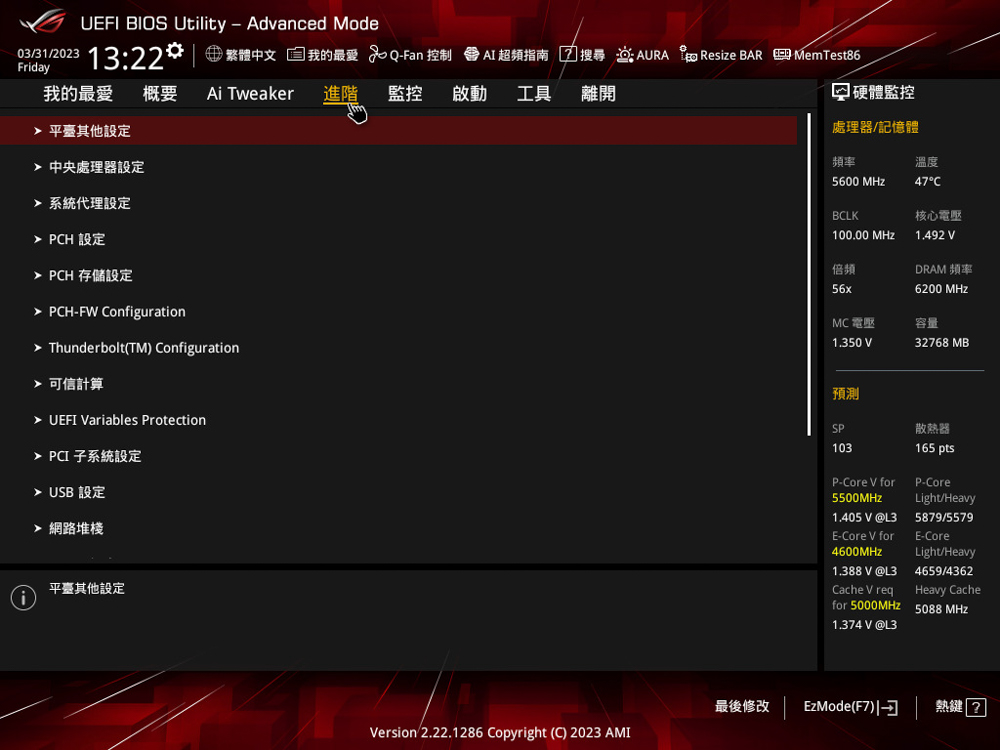
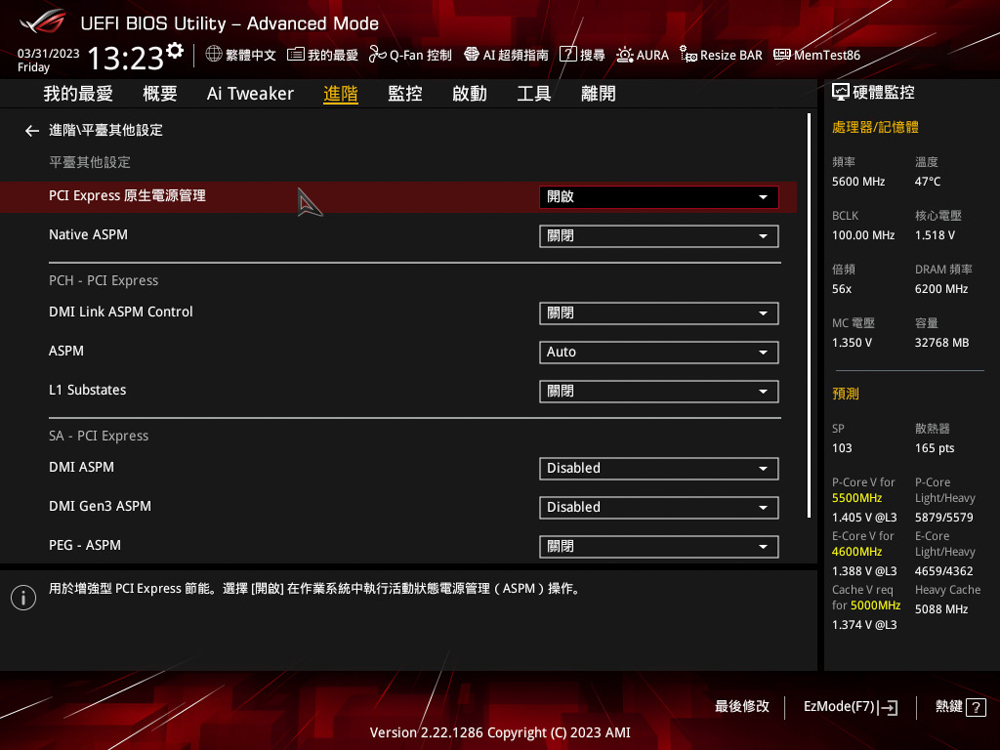
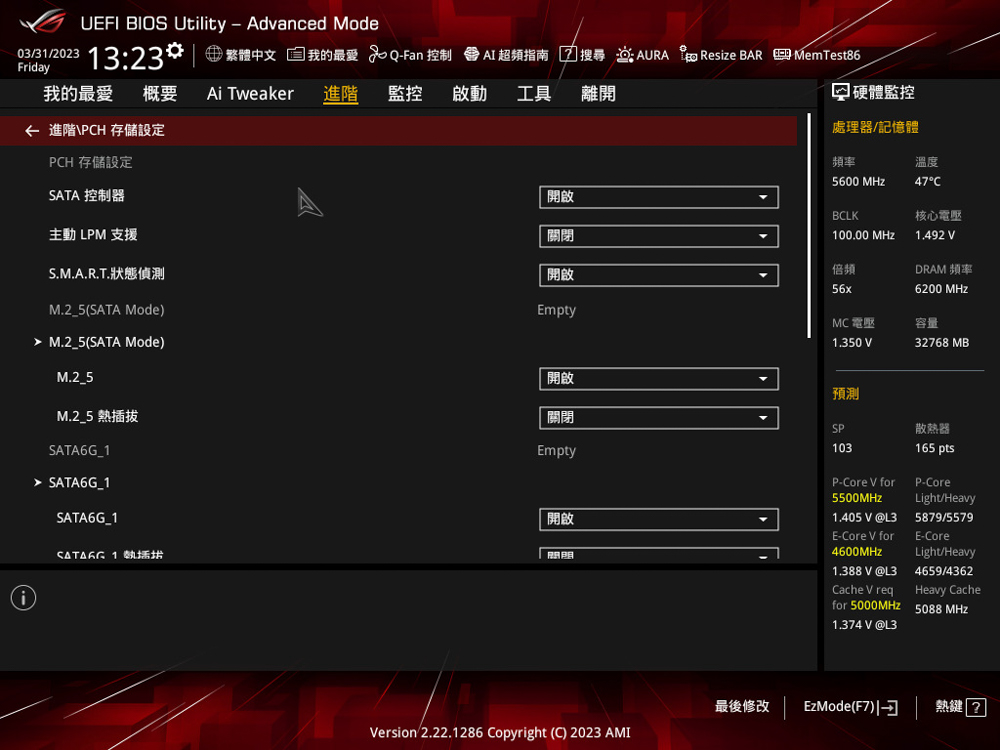
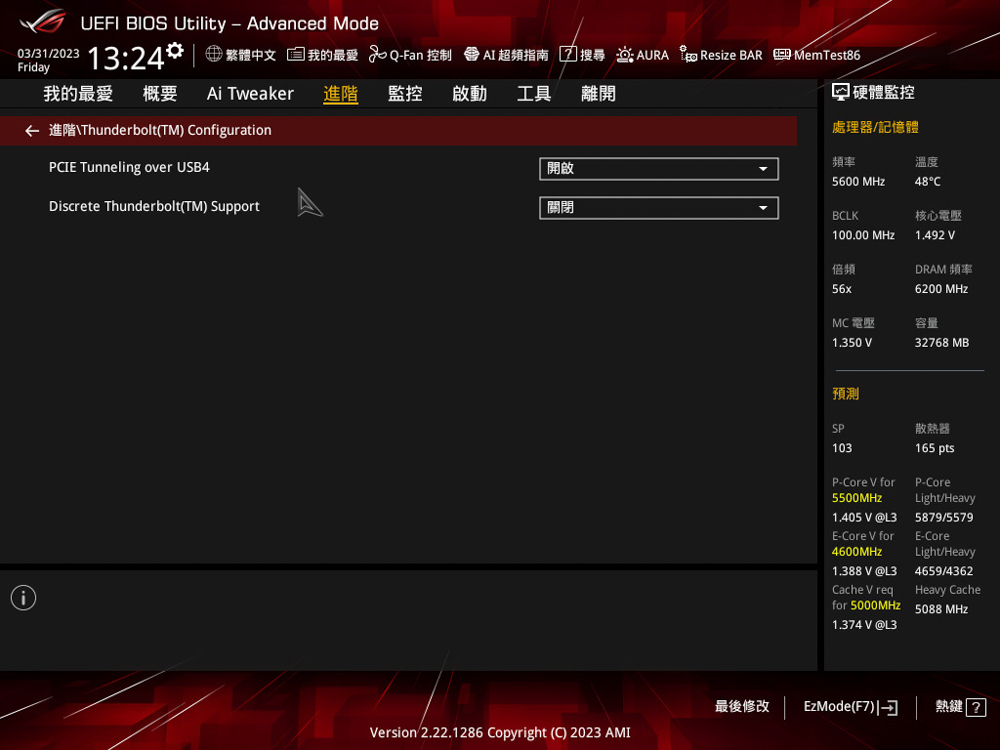
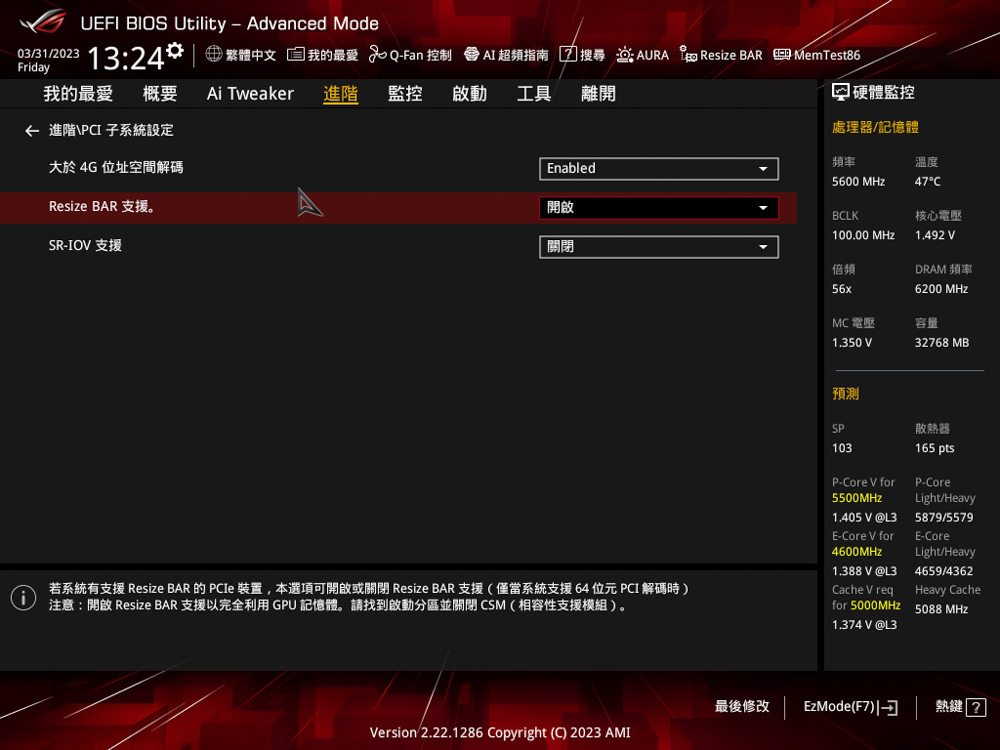
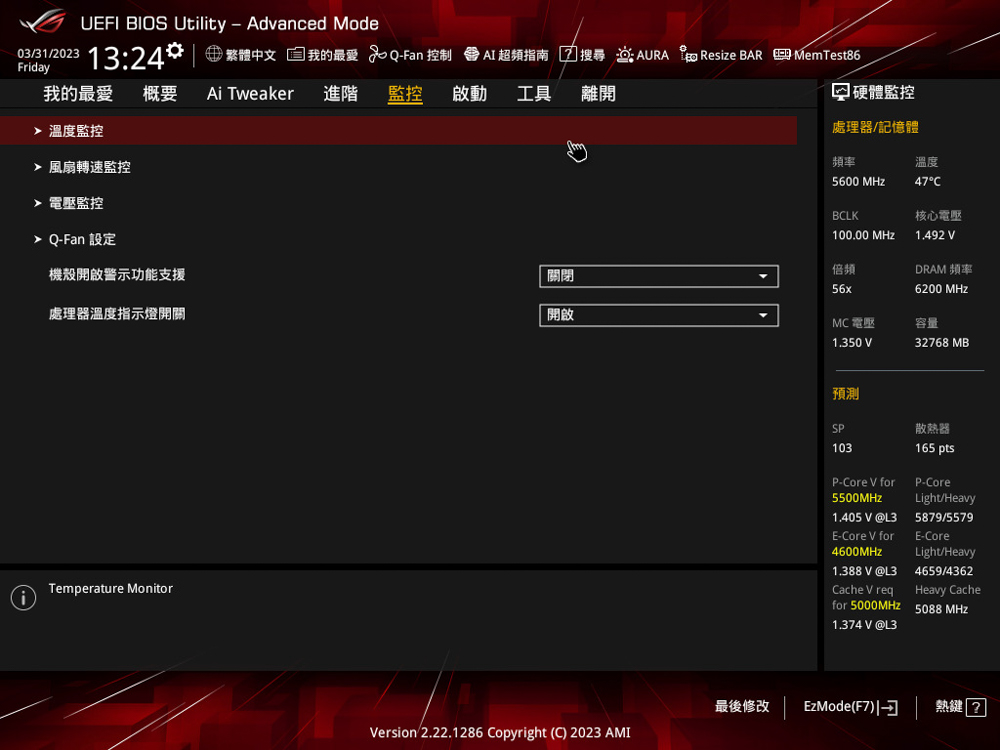
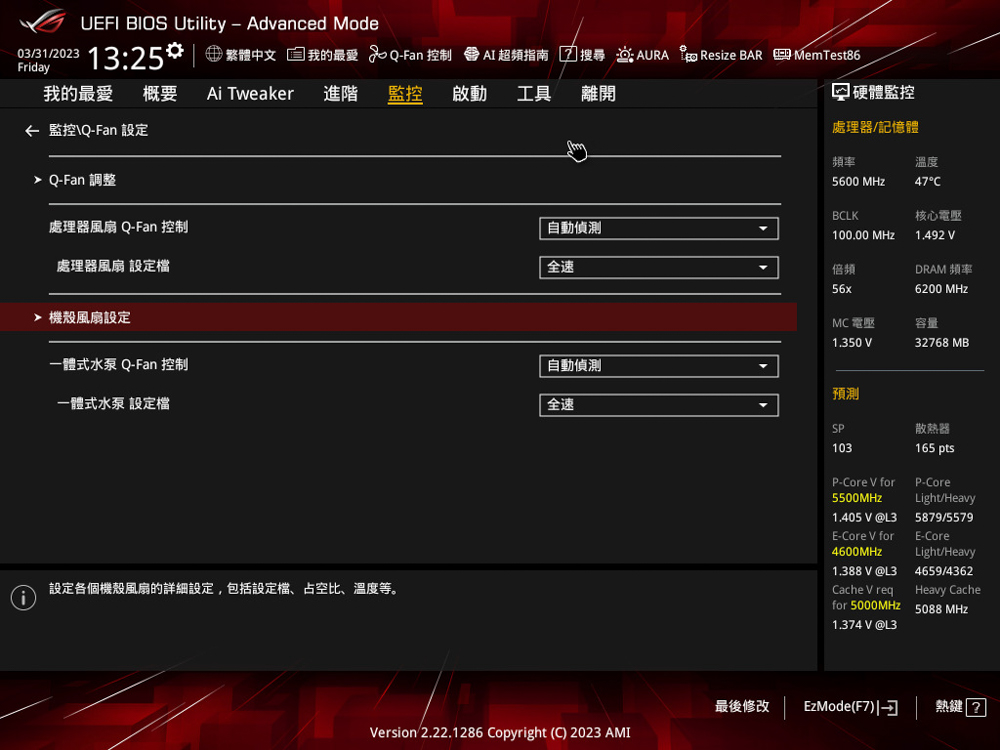
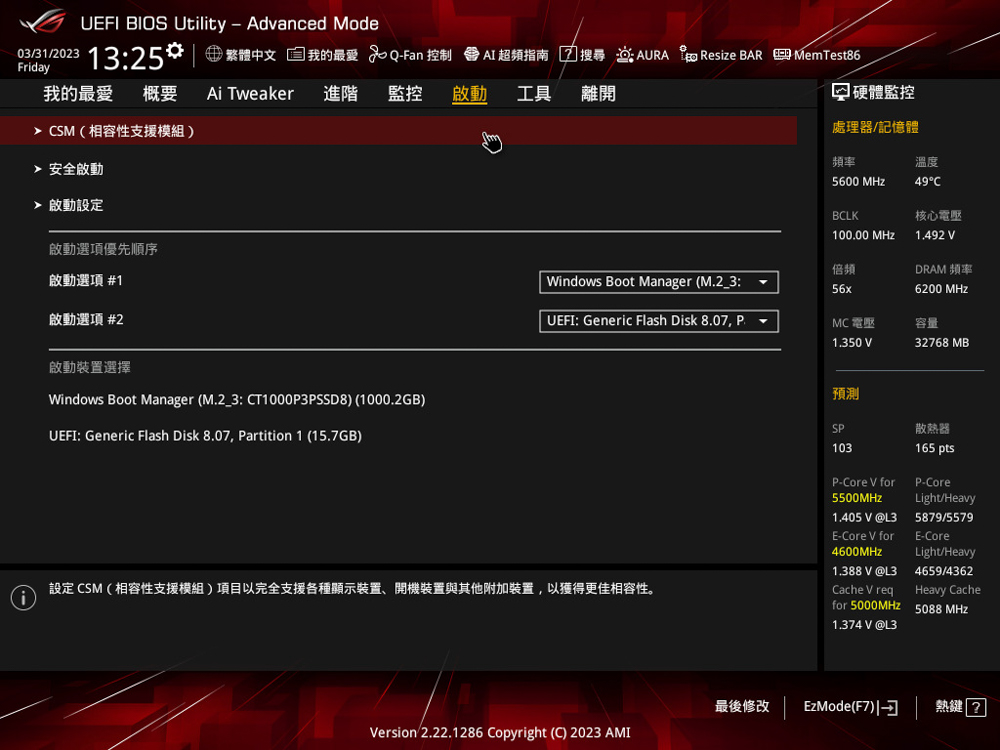
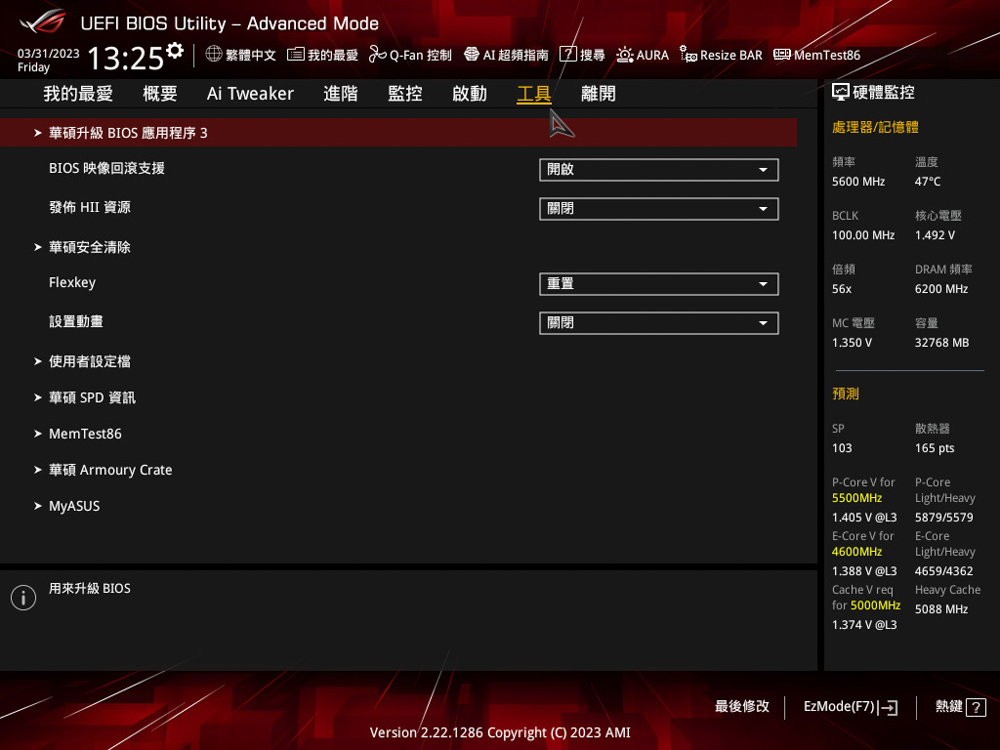
Armory Crate integrated software
When ROG users boot the system for the first time, if the drivers necessary for the motherboard have not been installed on the hard drive yet, the system will trigger a notification asking whether to install Armory Crate and network drivers. Armory Crate is a software program by ASUS that consolidates functions such as hardware monitoring, ARGB lighting effect configurations, and software program downloads. A single installation of Armory Crate is sufficient to cater to the setup requirements of users.
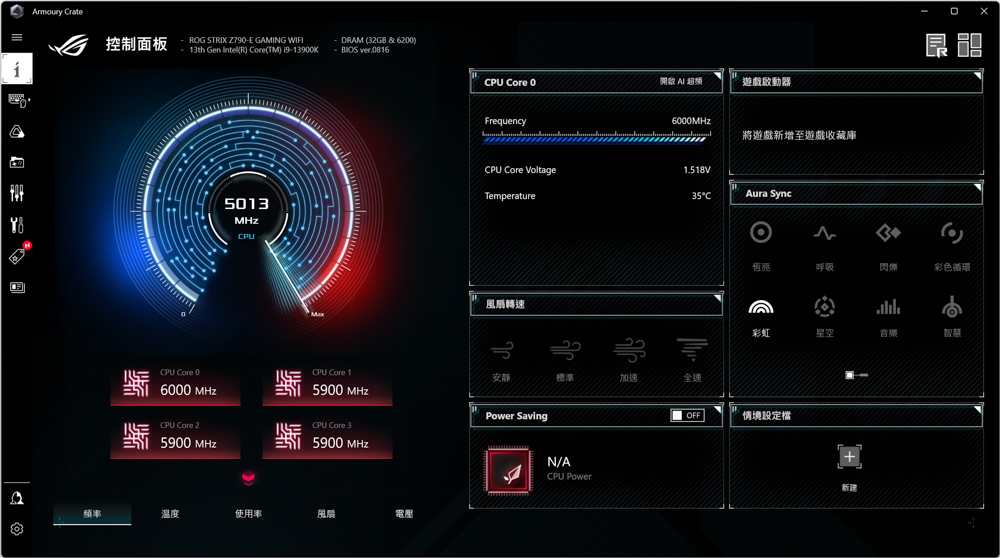
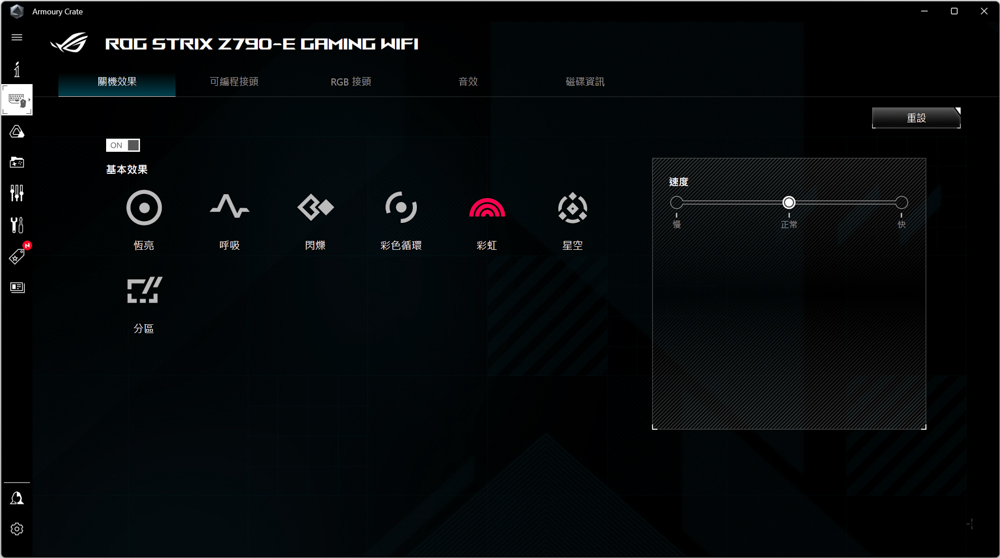
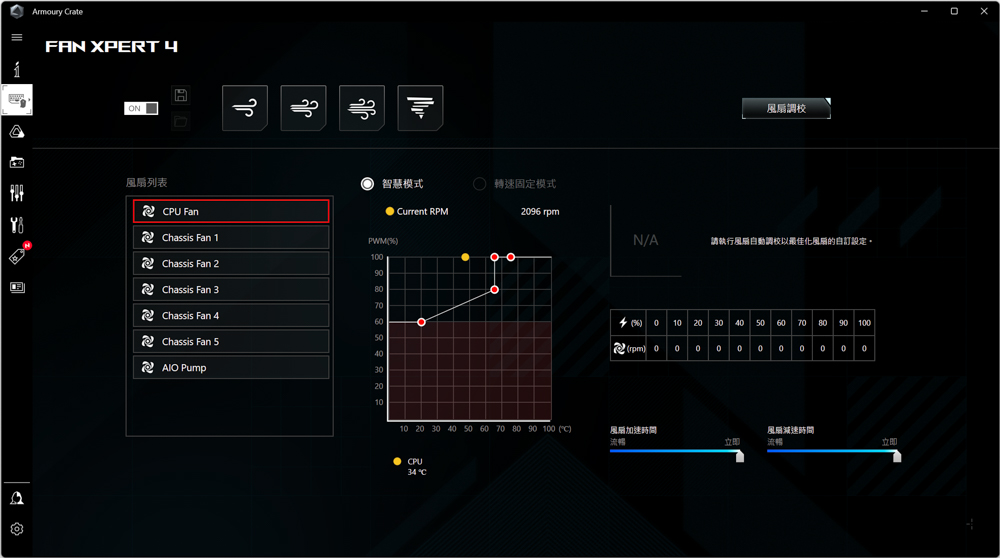
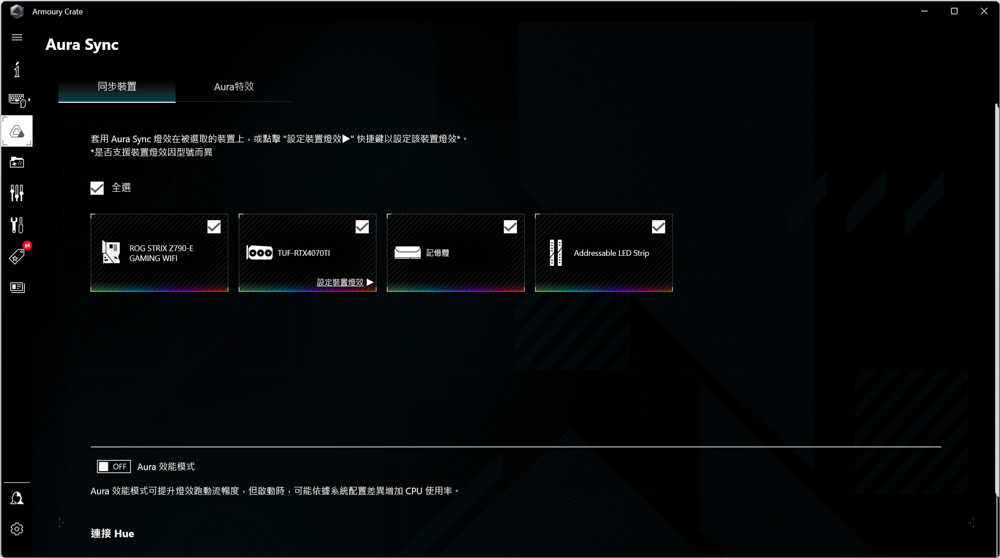
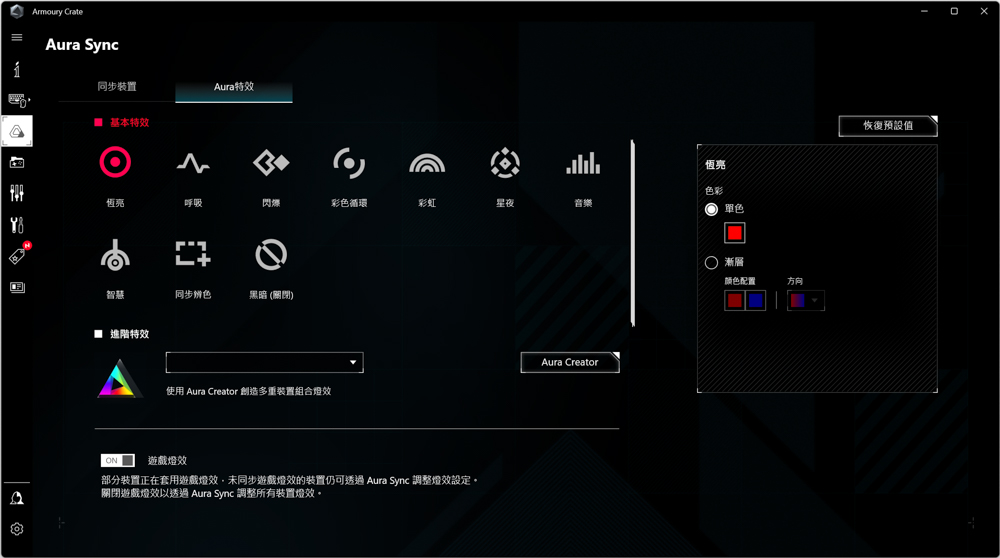
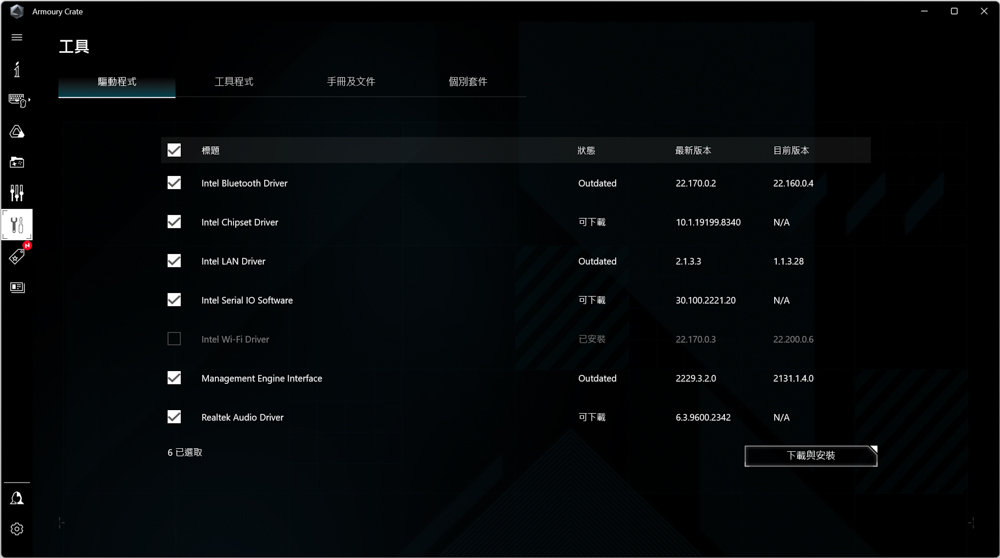
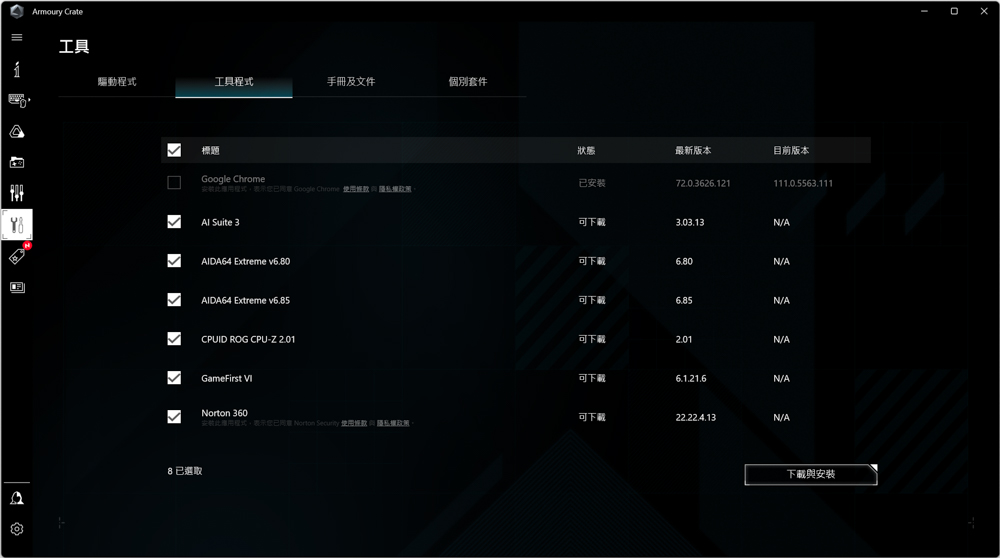
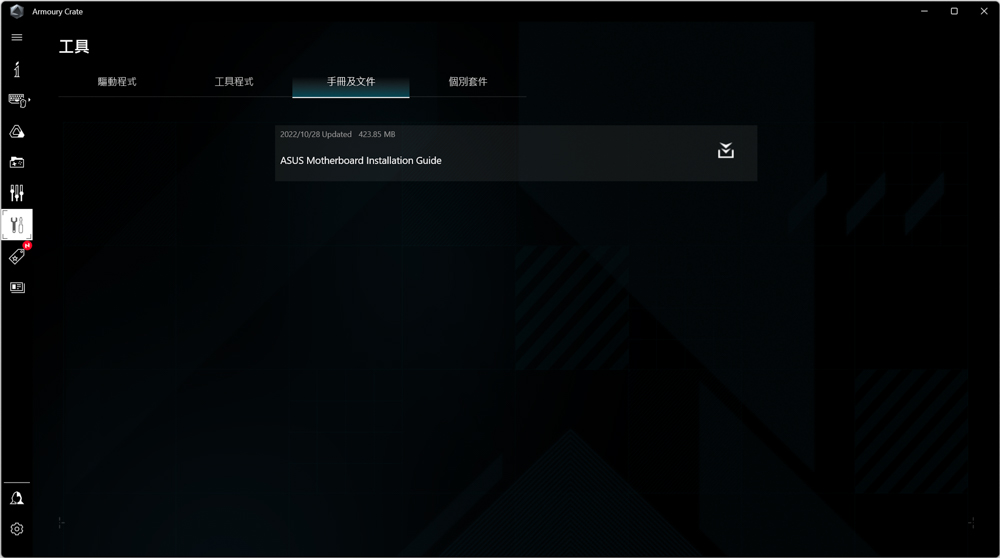
Apart from the three ARGB and one RGB slots on the ROG STRIX Z790-E GAMING WIFI motherboard, there’s an ROG Faith RGB logo on the rear I/O cover. This logo’s lighting effects can be customized using the Armory Crate software.
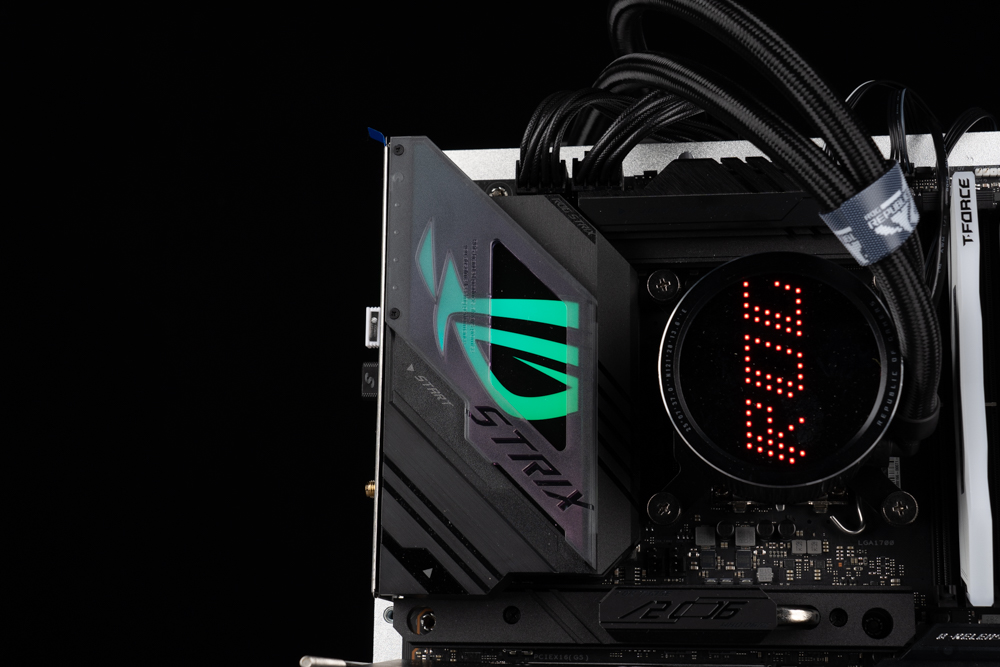
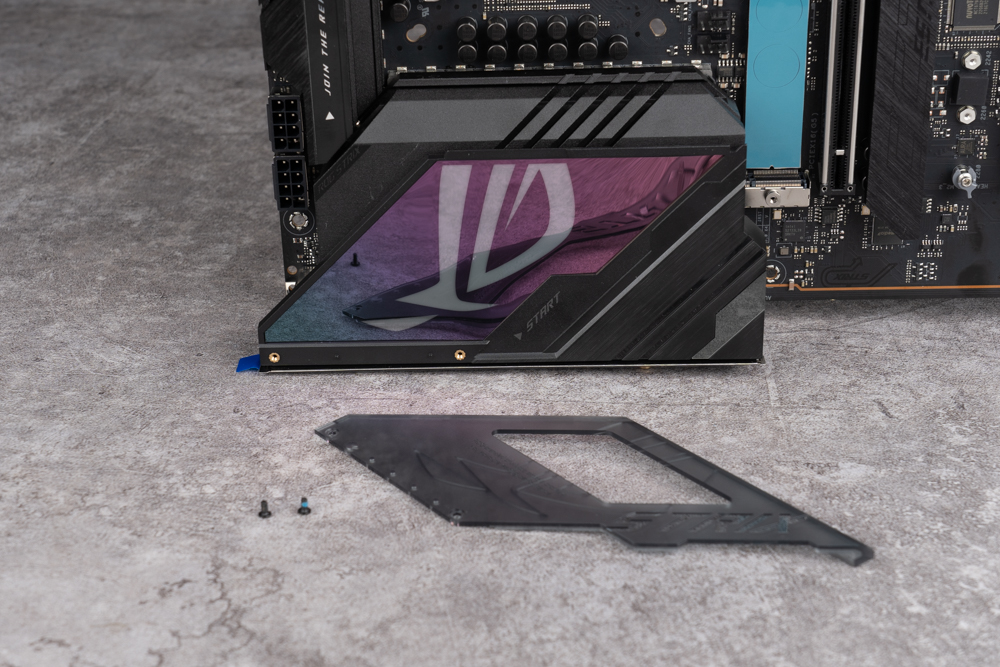
ROG STRIX Z790-E GAMING WIFI motherboard performance test
In our performance test, the ROG STRIX Z790-E GAMING WIFI motherboard is used with an Intel Core i9 13900K Processor, which boasts 8 P-Cores and 16 E-Cores, totaling 24 cores and 32 threads. The BIOS is updated to version 0816. We also used T-FORCE DELTA RGB DDR5 6200 MT/s 16GBx2 in a dual-channel configuration. Throughout the testing process, memory XMP 3.0, processor AI overclocking, and Re-Size BAR settings were activated.
Our testing platform includes the following:
Processor: Intel Core i9 13900K
Cooling System: ROG RYUO III 360 ARGB
Motherboard: ROG STRIX Z790-E GAMING WIFI (0816 version)
Memory: T-FORCE DELTA RGB DDR5 6200 MT/s 16GBx2
Graphics Card: ASUS TUF Gaming GeForce RTX 4070 Ti 12GB GDDR6X OC
Operating System: Windows 11 Professional Edition 21H2
Power Supply: ROG Loki SFX-L 1000W Platinum
Graphics Driver: GeForce Game Ready 531.29
We first used CPU-Z to review the hardware specifics of our test platform. The Intel Core i9 13900K processor, codenamed Raptor Lake, uses the Intel_7 10nm process and has 8 P-Cores+16 E-Cores for a total of 24 cores and 32 threads. The motherboard, the ROG STRIX Z790-E, supports the PCI-E 5.0 channel. The memory is DDR5 6200MT/s dual-channel with a total capacity of 32GB. We ran the built-in CPU-Z Version 17.01.64 test, where the CPU’s single-thread score was 938, and the multi-thread score was 16695.6.
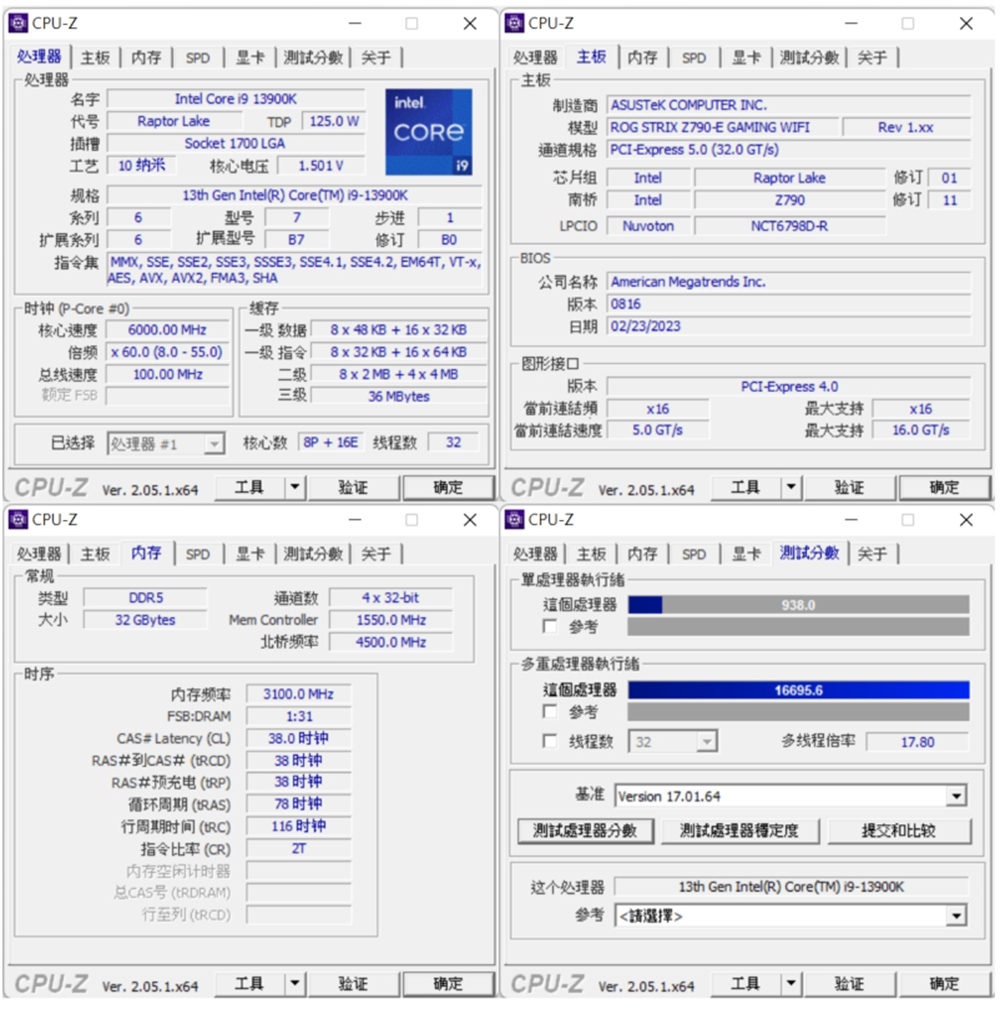
The next step in our performance testing involved using the CINEBENCH R20 and R23 benchmarking software, which is widely utilized for assessing the 3D rendering and drawing capabilities of a processor. This software was developed by MAXON, drawing on its Cinema 4D application.
The results we obtained were as follows:
- In the R20 version of the test, the Intel Core i9 13900K achieved a multi-core score of 15450 points and a single-core score of 874 points.
- In the R23 version of the test, the processor’s multi-core score was 40374 points, and its single-core score was 2264 points.
These results demonstrate the significant processing power of the Intel Core i9 13900K when used in conjunction with the ROG STRIX Z790-E GAMING WIFI motherboard.
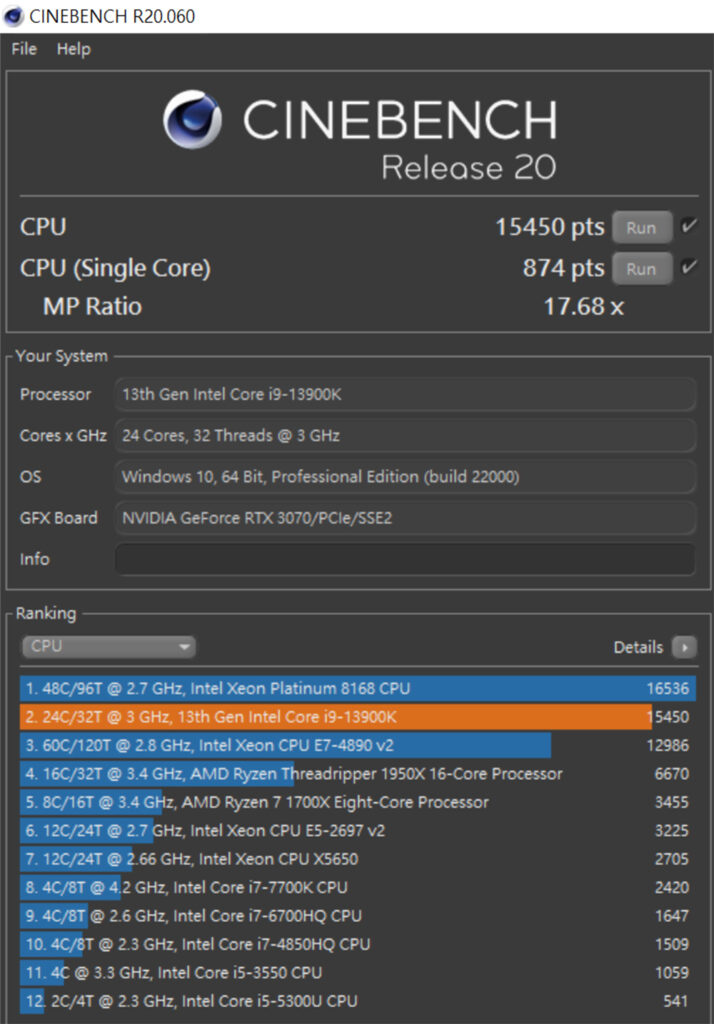
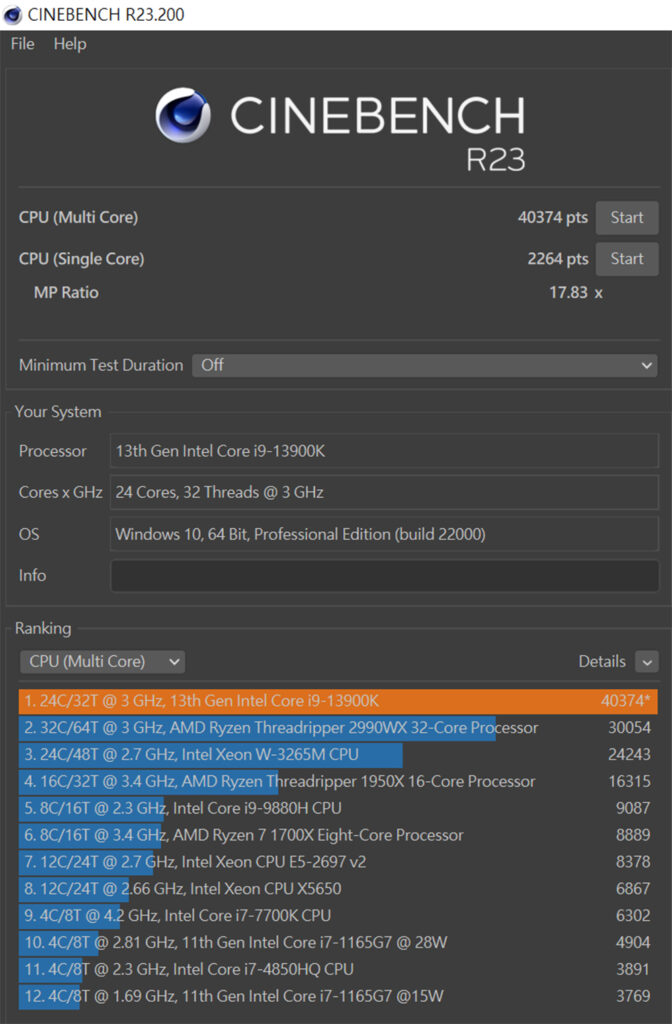
The AIDA64 memory and cache test was carried out with the DDR5 6200 MT/s 16GBx2 CL38 memory setup in a dual-channel configuration with XMP enabled. The test results were as follows:
- Read speed: 97688 MB/s
- Write speed: 85075 MB/s
- Copy speed: 87674 MB/s
- Latency: 70.4 ns
These results confirm the high-speed data processing capabilities of the DDR5 memory in conjunction with the ROG STRIX Z790-E GAMING WIFI motherboard. With high read, write, and copy speeds, this setup can effectively handle demanding tasks, including gaming, video editing, 3D modeling, and other performance-intensive applications. The relatively low latency ensures that data can be accessed quickly, which is critical for performance in real-time applications.
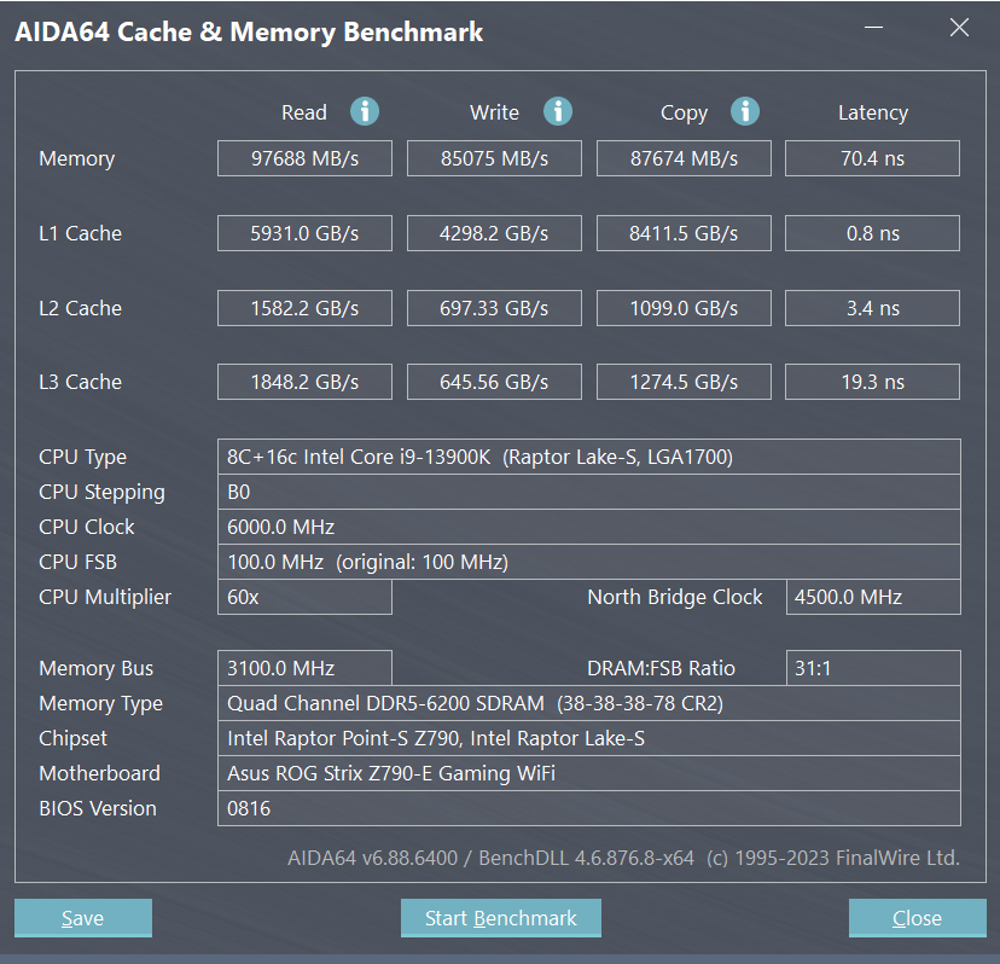
The 3DMark CPU Profile test was conducted to evaluate the performance of the Intel Core i9 13900K processor under different thread configurations. The test includes six scenarios: MAX, 16, 8, 4, 2, and 1 thread. It is worth noting that performance above 16 threads is more relevant to tasks such as 3D rendering or professional audio-visual work. For mainstream DX12 gaming performance, the score of 8 execution threads is a useful reference point. Scores for 4 and 2 execution threads are more relevant to older games developed using DX9.
The results of the test are as follows:
- Maximum thread score: 16922 points
- The score for 8 threads (relevant to mainstream gamers): 8633 points
- The score for 4 threads: 4744 points
These scores provide insight into the performance of the Intel Core i9 13900K processor in different thread configurations, allowing users to make informed decisions based on their specific requirements.
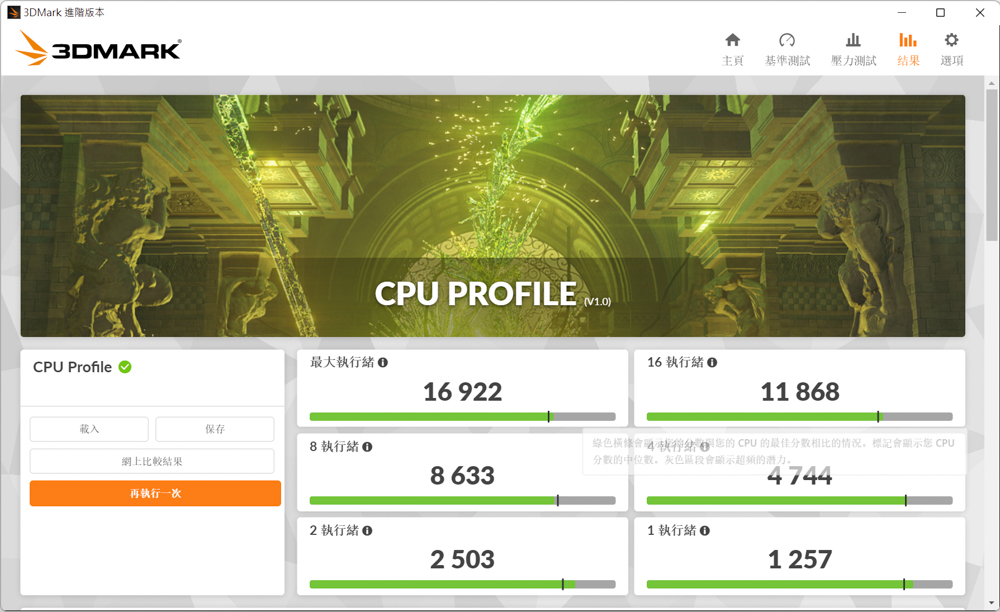
In addition to the previous tests, the author also utilized 3DMark Fire Strike and 3DMark Time Spy, which are popular benchmarks for simulating game performance. These tests were conducted using an NVIDIA RTX 4070 Ti graphics card.
In the Fire Strike test, which simulates a game scenario with 1080p quality and the DirectX 11 GPU API, a score of 56583 points was achieved.
In the Time Spy test, which simulates a game scenario with 1440p quality and the DirectX 12 GPU API, a CPU score of 23207 points was obtained.
These results provide valuable insights into the gaming performance of the tested setup, showcasing its capabilities in different scenarios and APIs.
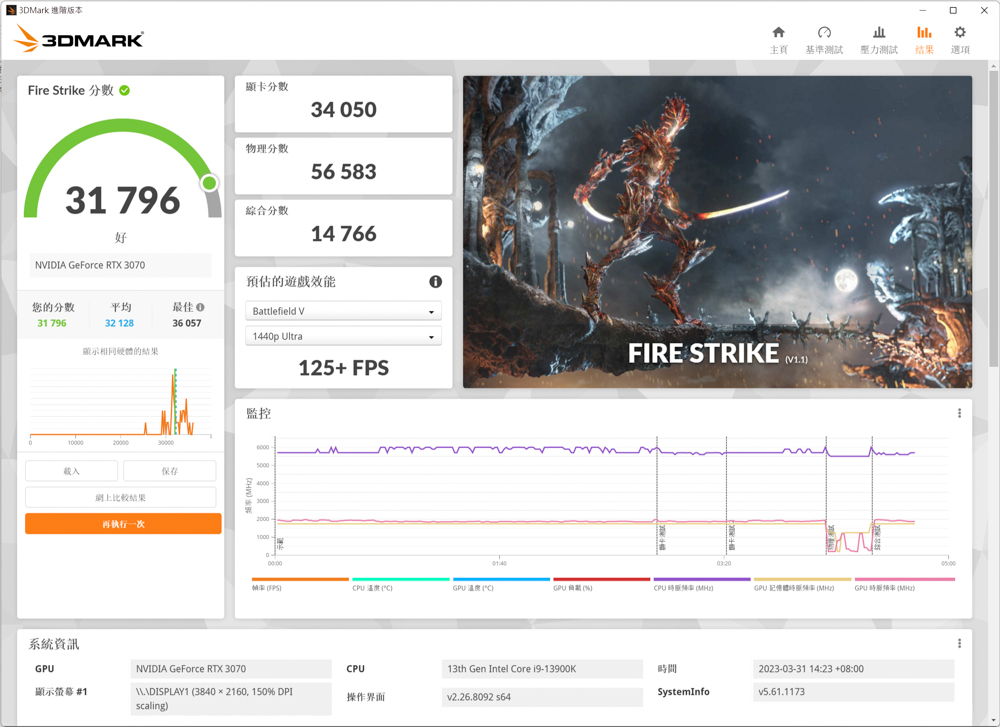
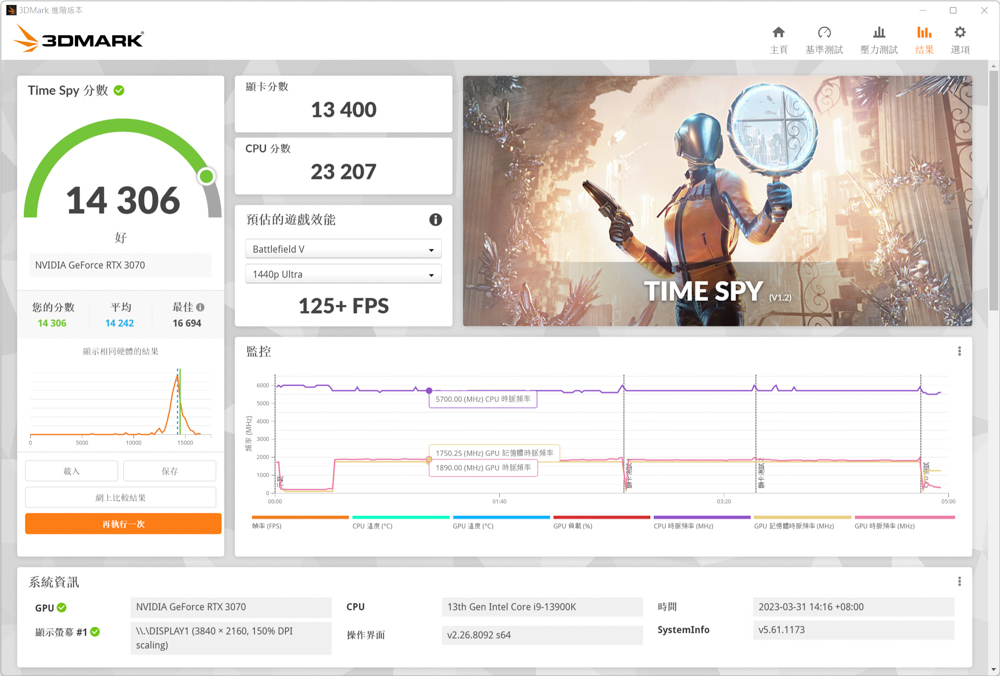
The V-Ray 5 Benchmark test was conducted on the Intel Core i9 13900K test platform to evaluate the processor’s rendering performance in different scenarios. The test consists of three different scenarios, and the score obtained for the 13900K was 27320 points.
This score reflects the processor’s rendering capabilities when running V-Ray projects, providing an indication of its performance in handling complex rendering tasks. A higher score signifies better performance and faster rendering times.
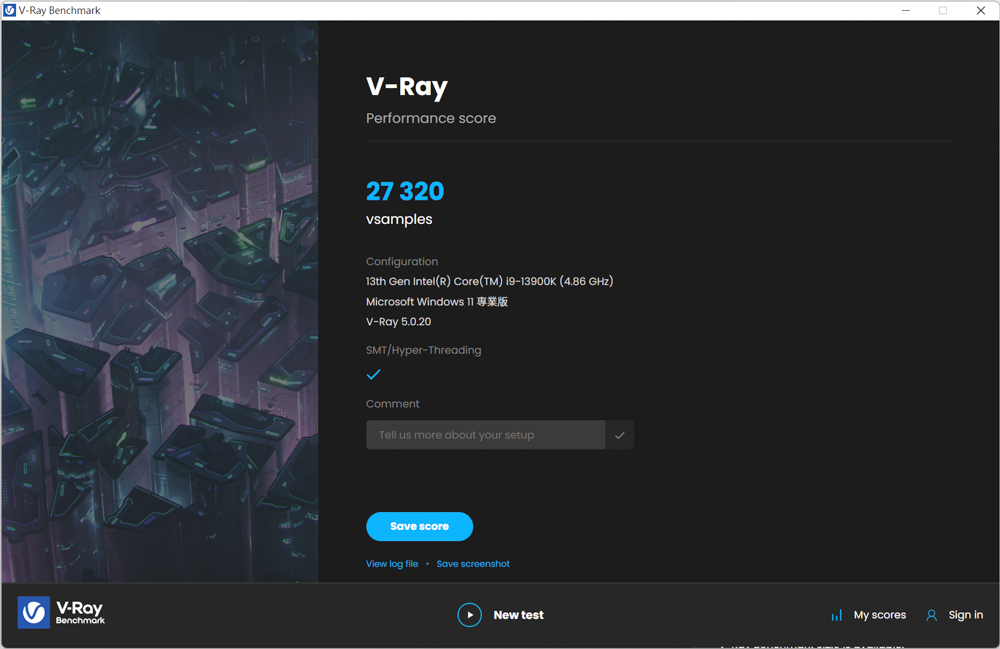
In the CrossMark test, which consists of 25 different items evaluating productivity, creativity, and system responsiveness, the overall score achieved was 2695 points. The scoring standards and usage scenarios for each category are as follows:
- Productivity: This category includes tasks such as file editing, spreadsheets, and web browsing. The score obtained in this category was 2464 points.
- Creativity: The creativity category involves photo editing, photo organization, and video editing. The score obtained in this category was 2956 points.
- Responsiveness: The responsiveness category assesses factors such as file opening speed, file response time, and multitasking performance. The score obtained in this category was 2676 points.
These scores provide a comprehensive evaluation of the performance of the test platform across various work simulation load tests, allowing users to gauge its capabilities in different scenarios.

PCMark 10 is another benchmarking tool that simulates various test scenarios to assess the overall performance of a computer system. It includes several common function items, such as application startup, web browsing, and video conferencing tests. Additionally, it evaluates productivity through document and spreadsheet writing simulations. Lastly, it measures performance in image and video content creation, including tasks like photo editing, video editing, and rendering.
In the PCMark 10 test, the scores obtained were as follows:
- Common Basic Functions: The score for common basic functions was 12106 points. This includes performance in tasks such as application startup, web browsing, and video conferencing.
- Productivity: The productivity score was 11001 points. This category focuses on document and spreadsheet writing simulations.
- Video Content Creation: The score for video content creation was 16978 points. This category encompasses professional tests like photo editing, video editing, and rendering.
These scores provide an overall assessment of the computer’s performance in different aspects, giving users an understanding of its capabilities in common tasks, productivity, and content creation scenarios.
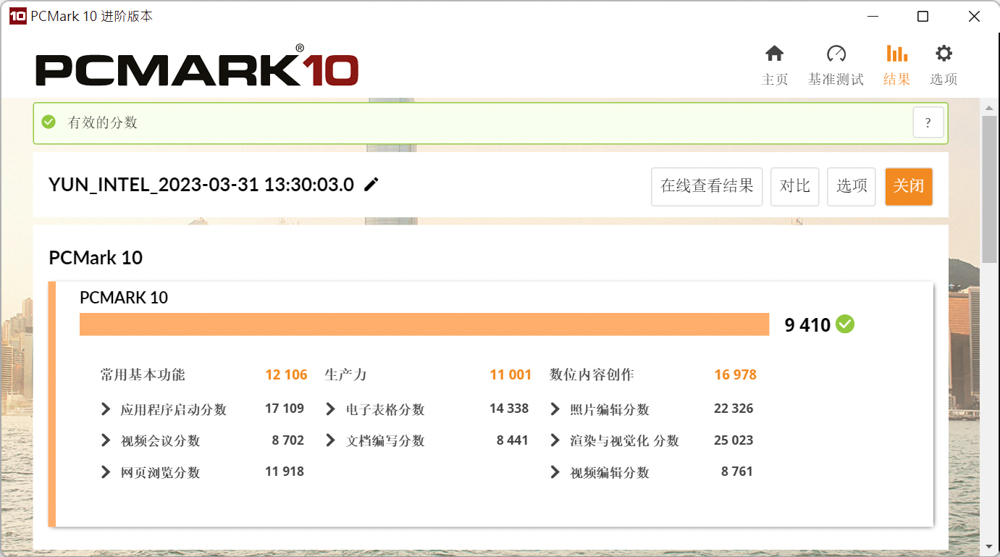
Summarize
Among the ROG STRIX Z790 series motherboards, the ROG STRIX Z790-E GAMING WIFI stands out with its strong expandability and higher pricing/positioning. It is the only ATX motherboard in the series that offers five M.2 SSD expansion slots and supports PCIe Gen5 x4 bandwidth.
However, the main difference from the previous generation ROG STRIX Z690-E is the change in the PCIe slot configuration of the chipset channel. The Z790-E features two PCIe 4.0 x16 slots (with x4 bandwidth support), and the rear I/O has upgraded the USB 2.0 slots to USB 3.2 Gen2 Type-A slots with higher specifications. Other aspects of the motherboard have remained largely unchanged. Therefore, whether it is necessary to upgrade from Z690-E to Z790-E depends on whether the user requires the additional bandwidth provided by the upgrade.
The ROG STRIX Z790-E GAMING WIFI boasts an 18+1 phase 90A power supply, ensuring stable power delivery to the Intel consumer flagship model processor 13900K. With features like 5x M.2 SSD slots, M.2 PCIe Gen5 x4 slot, PCIe 5.0 x16 display card slot, WiFi 6E, front and rear USB 3.2 Gen 2×2 Type-C (PD 3.0), and 2.5Gbps RJ-45 LAN, it offers expansive connectivity options that cater to the needs of most users. However, it’s important to note that the graphics card slot and the M.2 PCIe Gen5 x4 slot share bandwidth, which may not be ideal for users with a strong focus on maximizing bandwidth.
If this article is helpful for you, please share this article with your friends on social media. Thank you!
This article is based on the personality of the reviews. You are responsible for fact-checking if the contents are not facts or accurate.
Title: ROG STRIX Z790-E GAMING WIFI motherboard, featuring an 18+1 90A power source and 5 M.2 slots